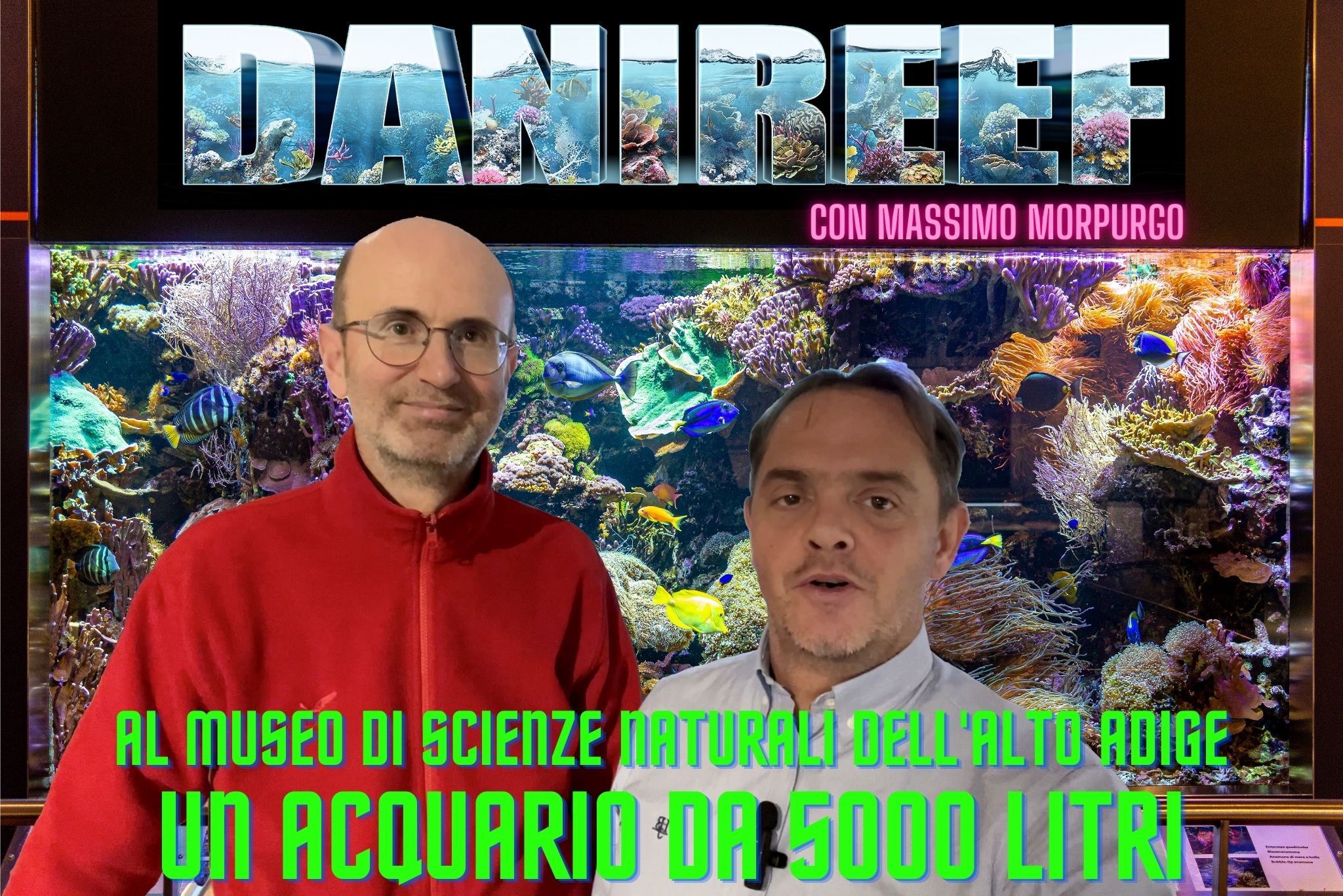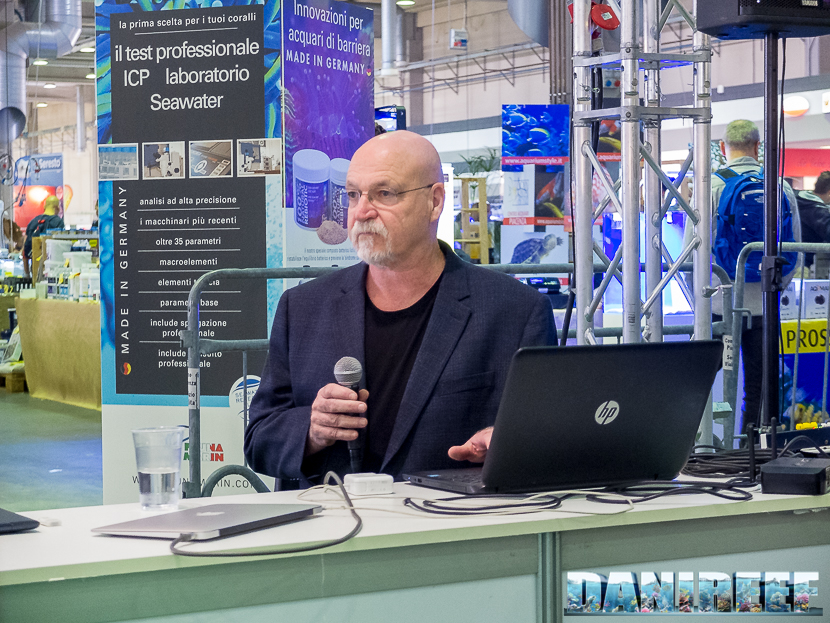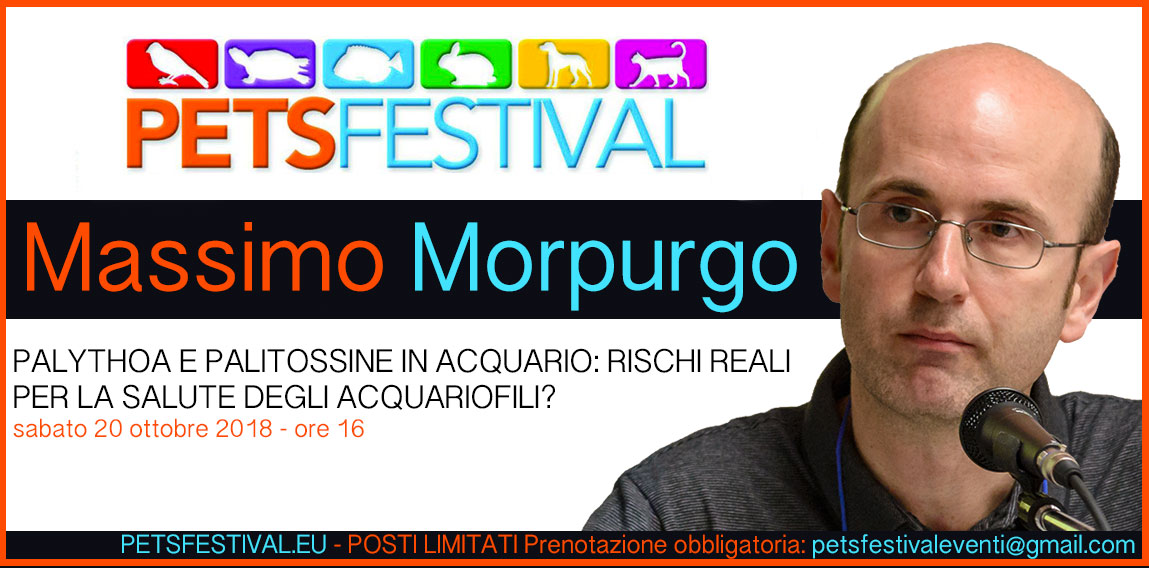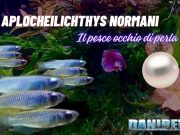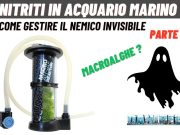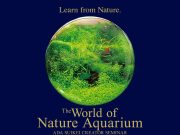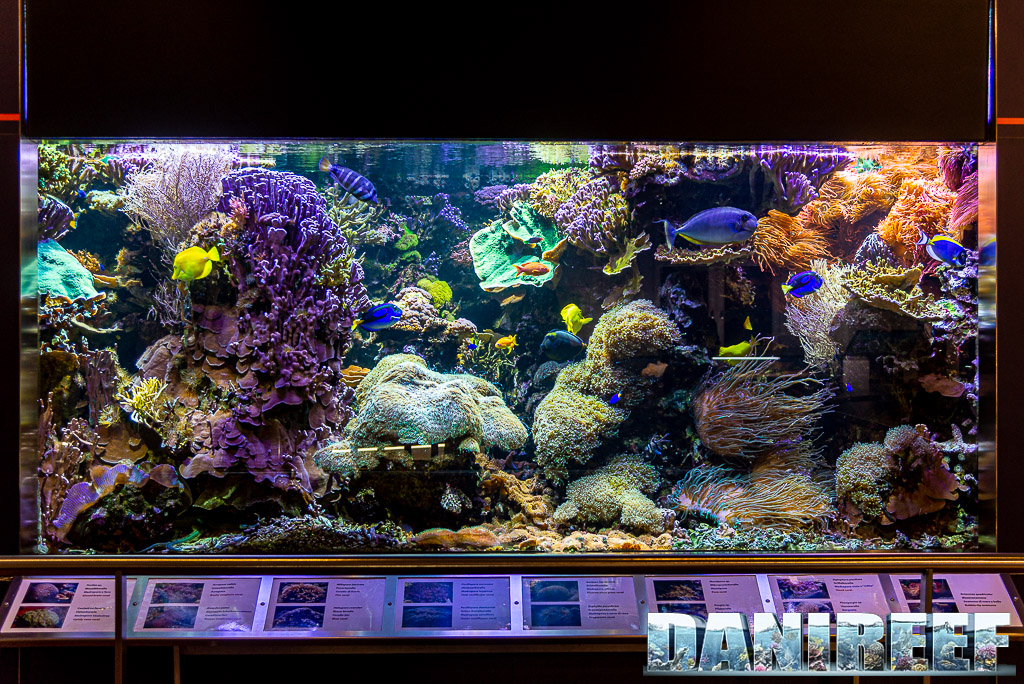
We recently visited the South Tyrol Museum of Natural Sciences in Bolzano, Italy, where we saw an incredible 5,000-liter marine reef aquarium with anemones, lots of fish, as well as SPS and giant Tridacna, and a second aquarium with jellyfish.
This article is also available in: Italiano
Not everyday it is possible to visit a marine aquarium placed in a public museum, a good 5000 liters, accompanied by the curator himself. Curator who is an old acquaintance of our pages, having written more than one article in the past and who has been our friend for many years now, we are talking about Massimo Morpurgo.
As you know we were recently near Bolzano, where we also met Alexander Silvioni with his spectacular 1,500-liter aquarium, and about which we did an article with many photos and a very complete video. The following day we met at the South Tyrol Museum of Natural Sciences at Via dei Bottai No. 1 in Bolzano together with Riccardo Baldo of Atollo Uno Service and with Massimo Morpurgo to see this wonderful aquarium. We are not new to such experiences having also visited the Mesoala thematic aquarium at the Zurich Zoo in the past.
The video dedicated to the South Tyrol Museum of Natural Sciences 5,000-liter marine aquarium and the new jellyfish aquarium
With that extensive preamble done, we leave you with our documentary video dedicated to his aquarium. Then we will discuss the details later.
As we mentioned, Massimo had written an article in the past about this very interesting aquarium, highlighting the differences between managing a home aquarium and a public aquarium. Article that you can retrieve and read here. Back then it was 2013.
Why this aquarium should be appreciated
Public aquariums often leave us with a bitter taste in our mouths, hitting us pretty much only because of their size, which is by necessity very different from what we can afford at home. We, by choice, do not talk about the aquariums we hadn’t liked, but we want to share with you what caught us the most instead. And we really liked the 5,000-liter marine aquarium we found at the South Tyrol Museum of Natural Sciences.
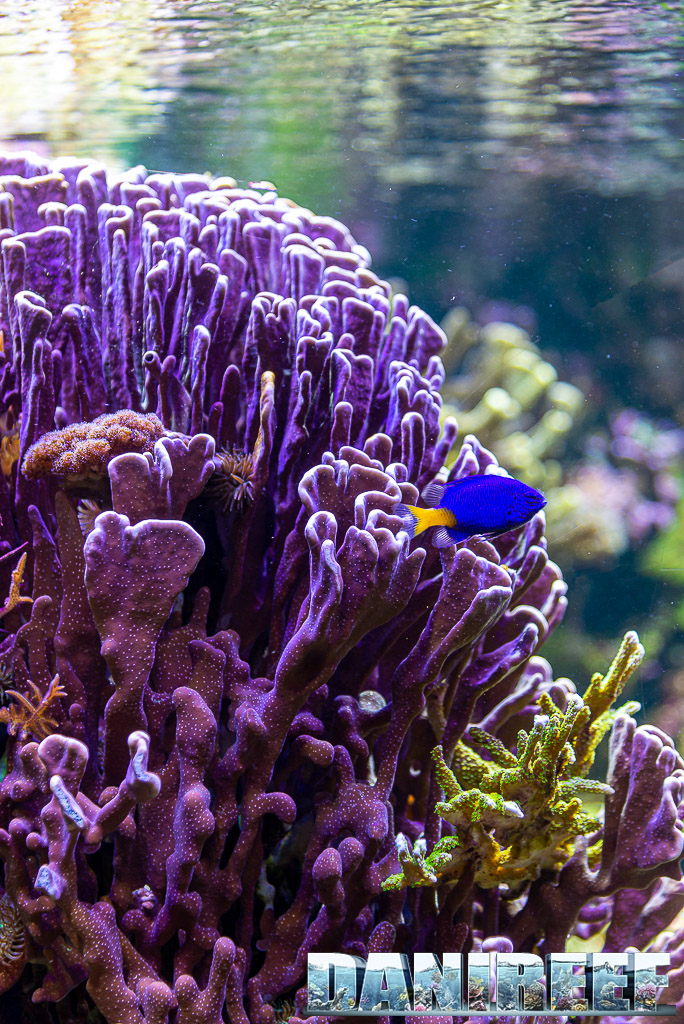
This is because the aquarium is imposing, but it is absolutely and unbelievably similar to what can be seen underwater. The block of Heliopora coerulea that you see on the left side of the aquarium is as close as you can get in nature. And it left me speechless. A wonderful glimpse.
There are so many corals, all kinds, and all in good health, there are anemones, even huge ones, and the clownfish are doing so well that it was even possible to admire some eggs in the shade of one of the many anemones. There are a pair of Acanthurus leucosternon that we saw dancing leaving us truly breathless.
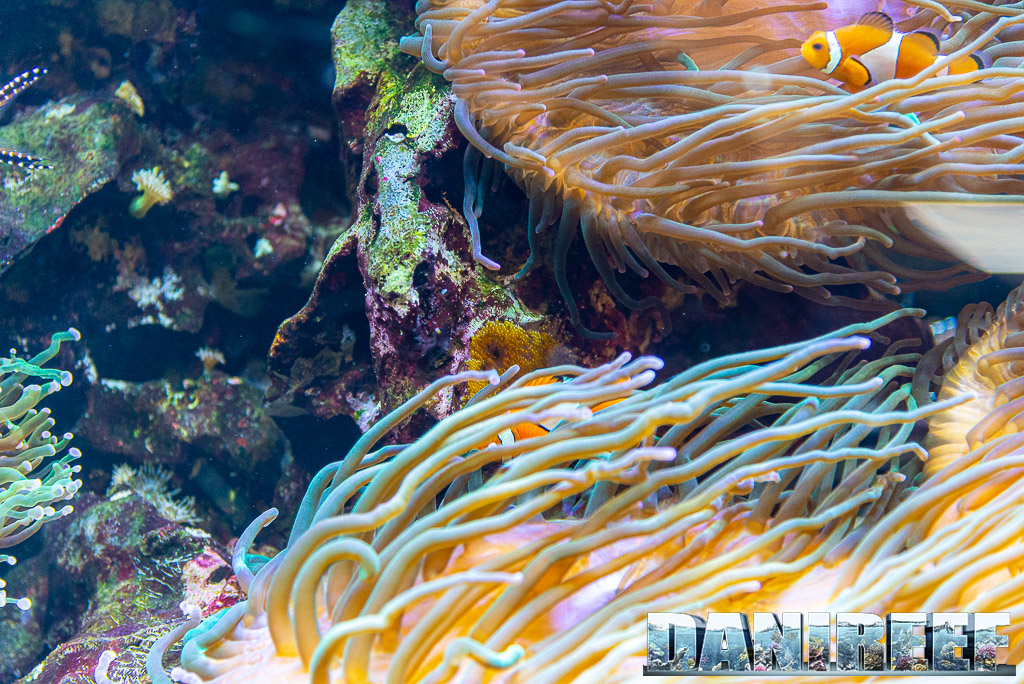
What emerges is that this is an aquarium, which remember, is more than 20 years old, and it is lovingly and above all expertly managed.
The fish of the aquarium
Most of the fish we find in the 5,000-liter aquarium of the Natural Sciences Museum of South Tyrol come largely from donations, and they are all very old.
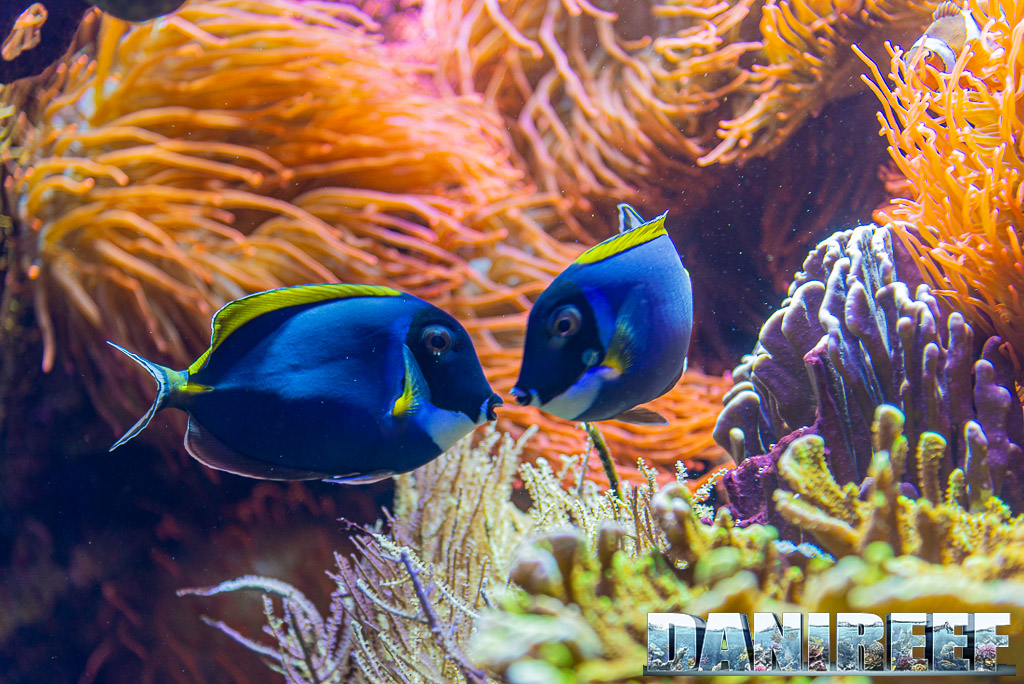
It was captivating to watch the leucosternon pair swim in pairs, I had never seen them do that and it was mesmerizing.
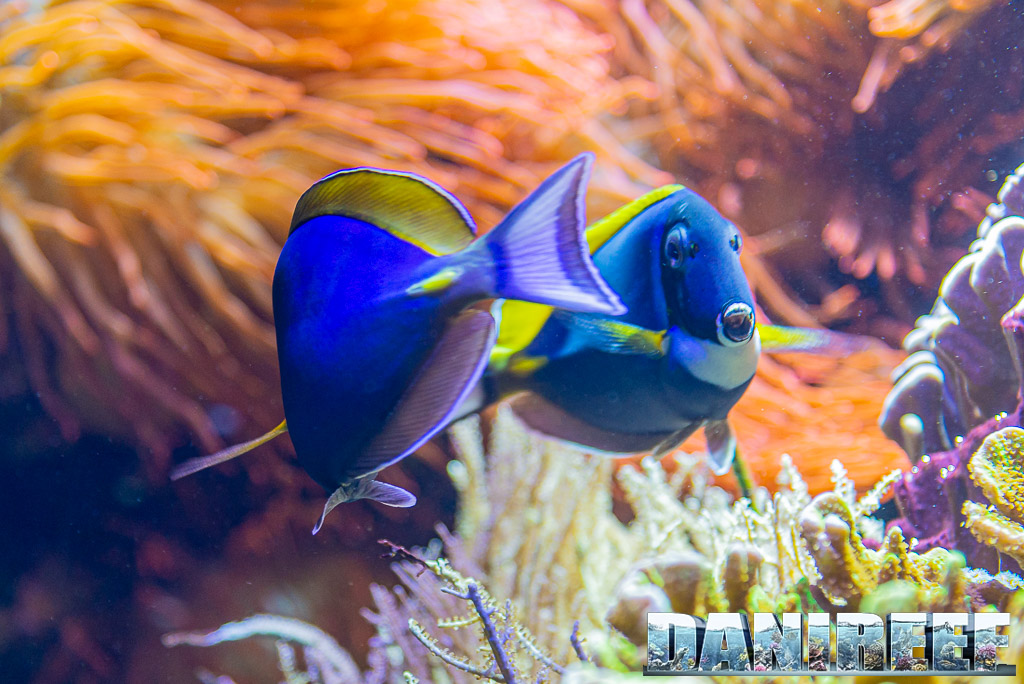
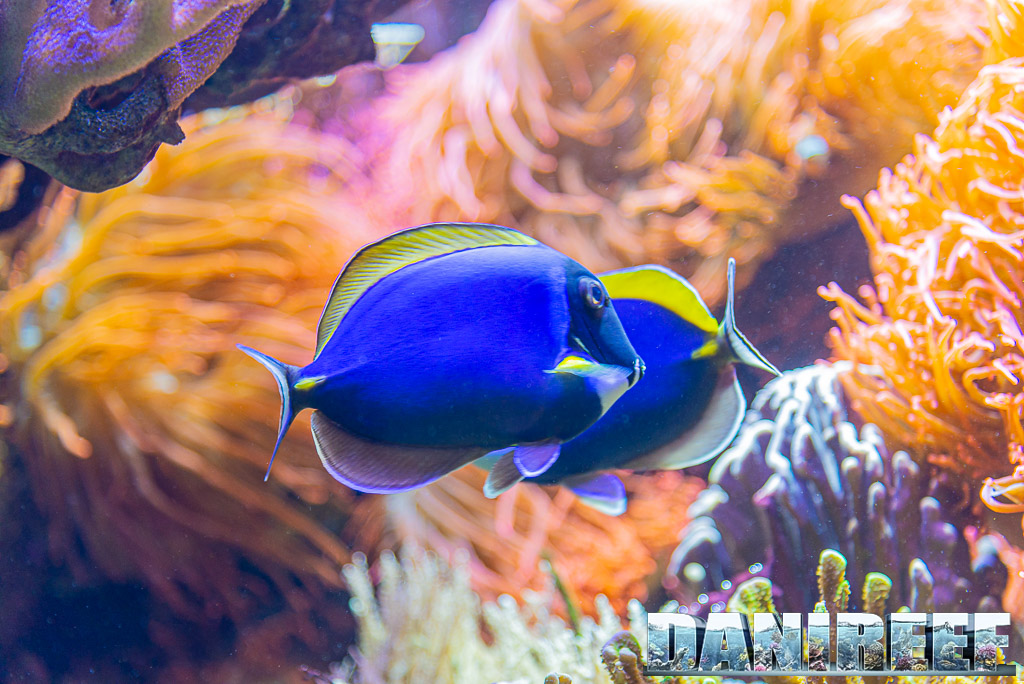
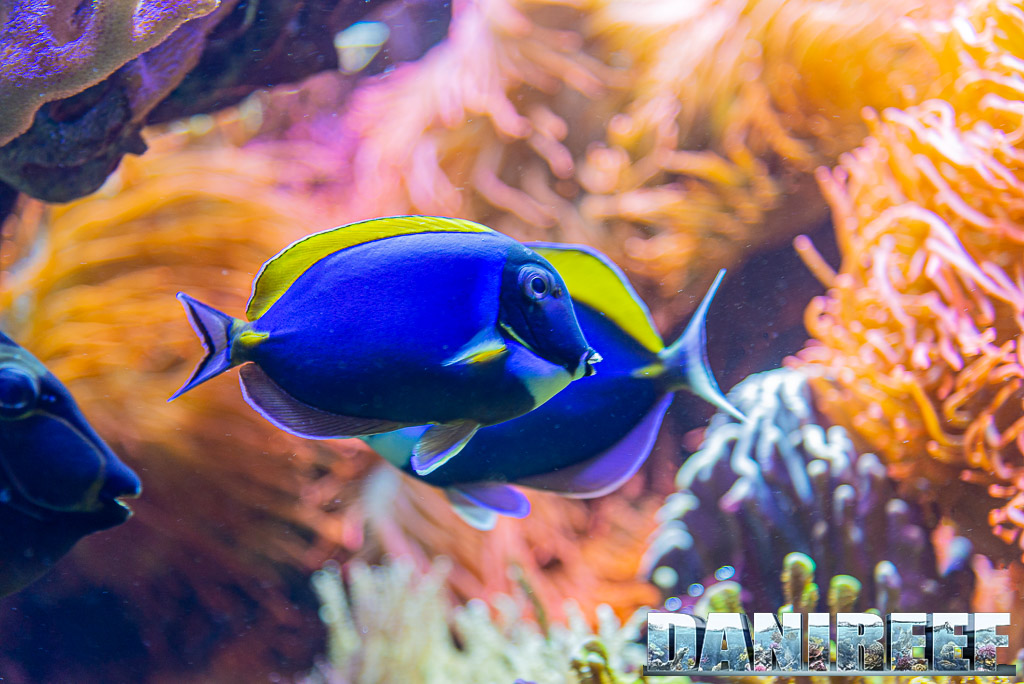
But all the fish there have a story to tell, and if we think about how many years they have been living in this aquarium, I personally get chills down my spine. An unmistakable sign that the habitat is definitely suitable for them.
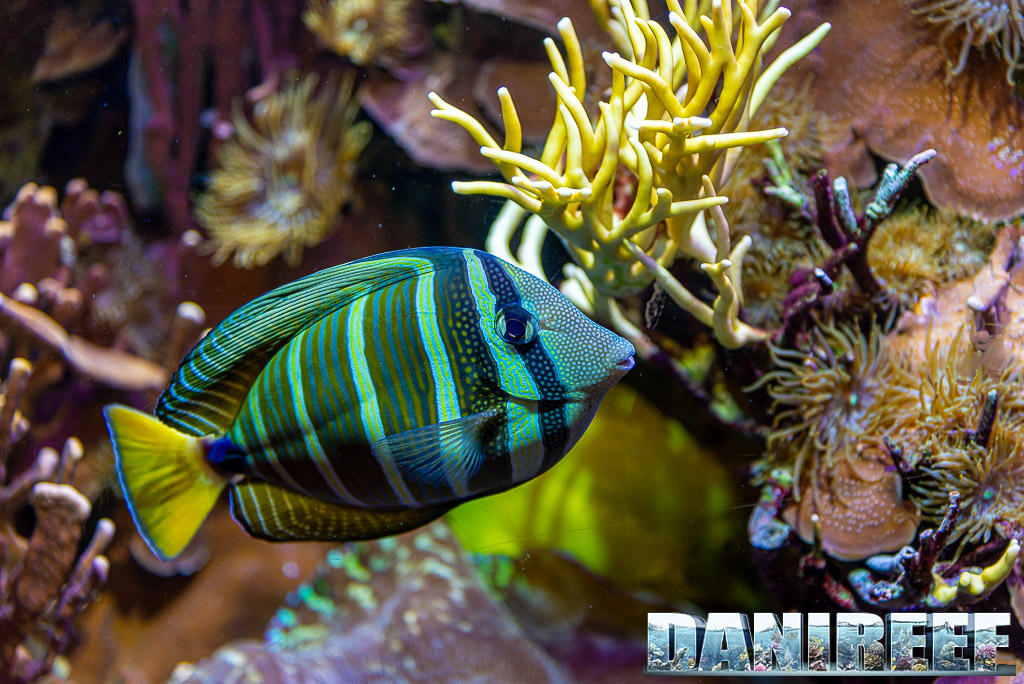
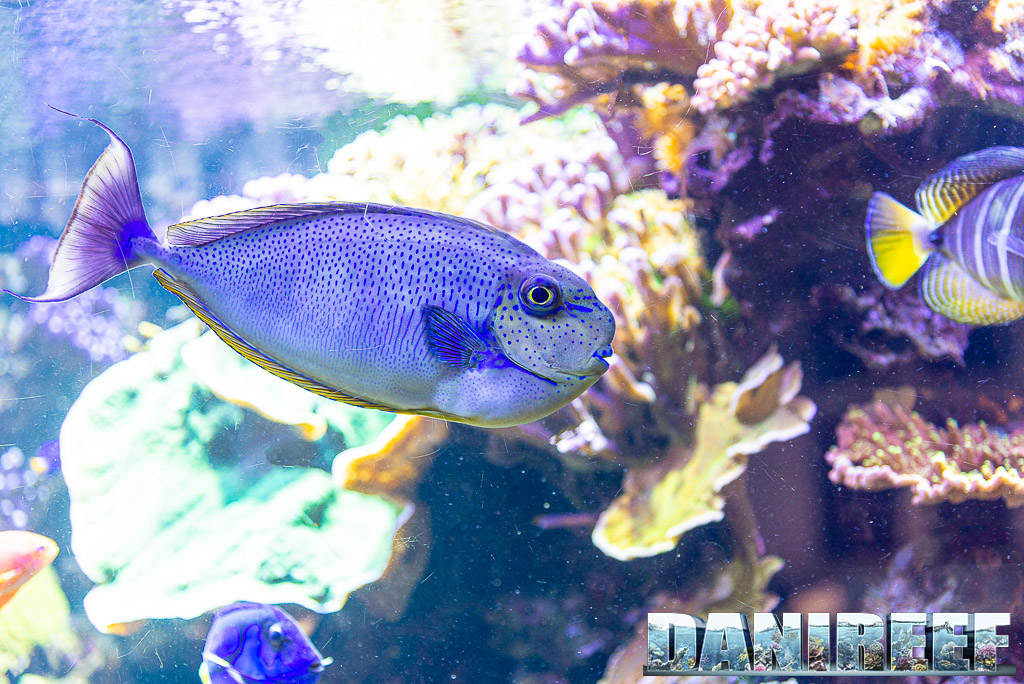
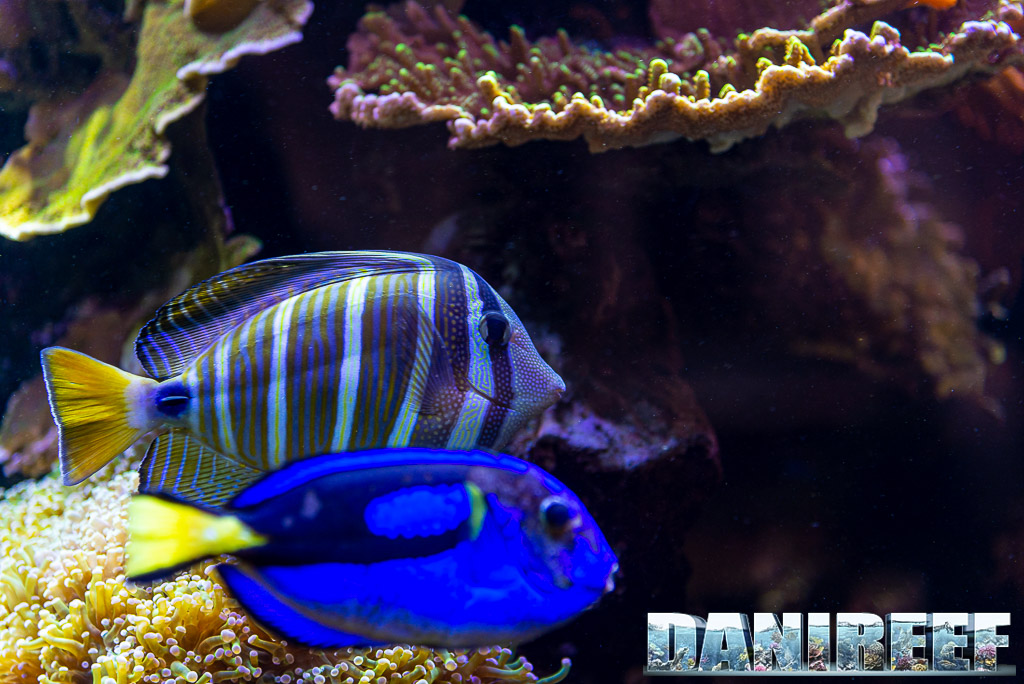
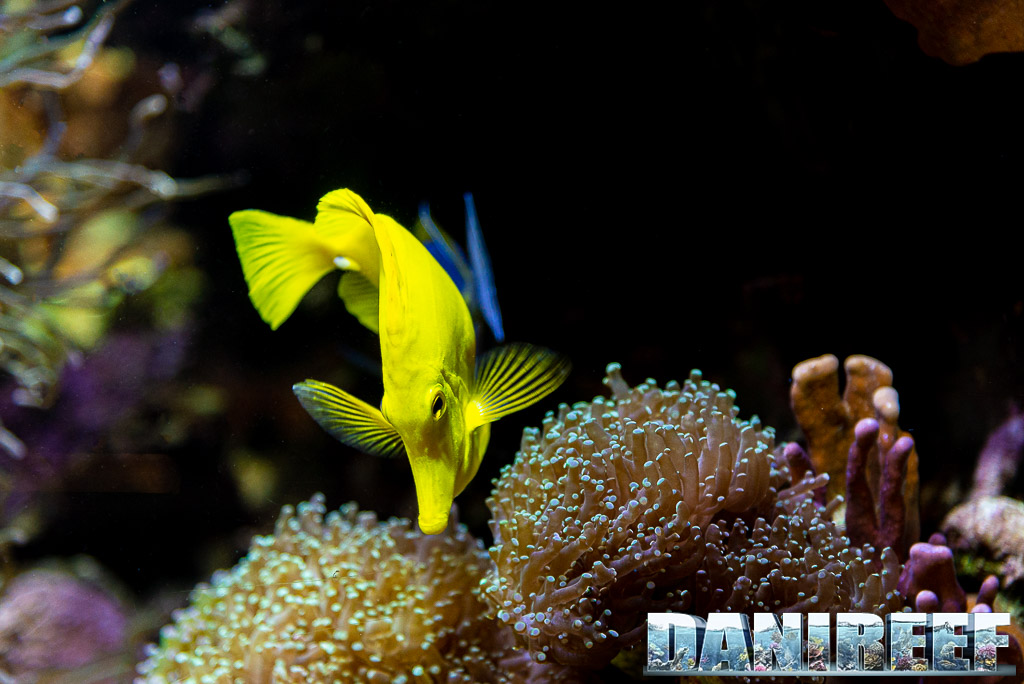
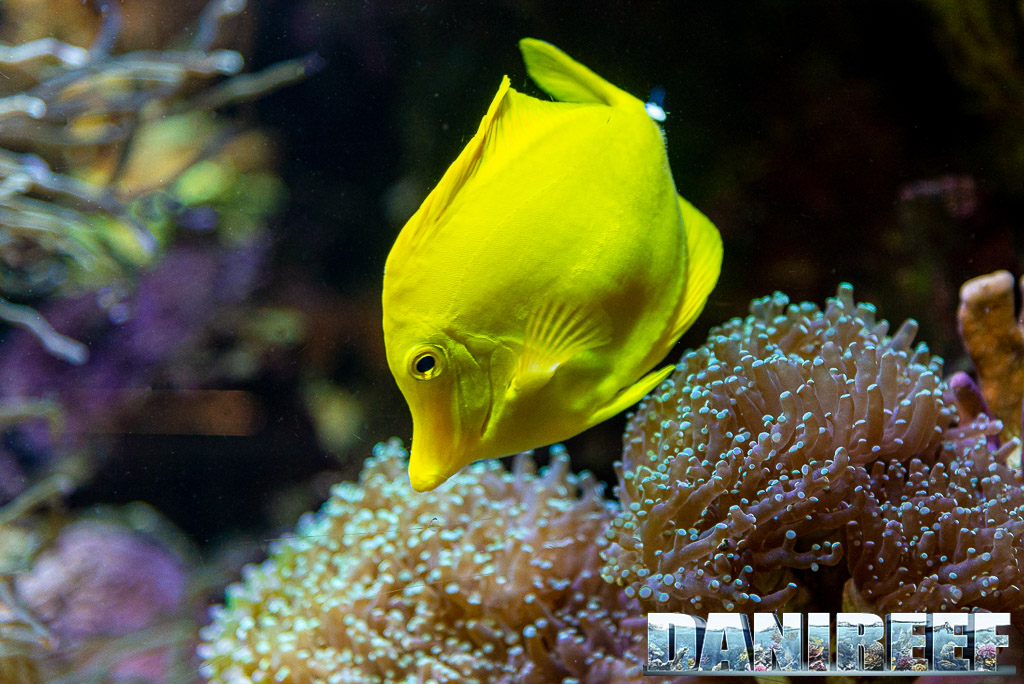
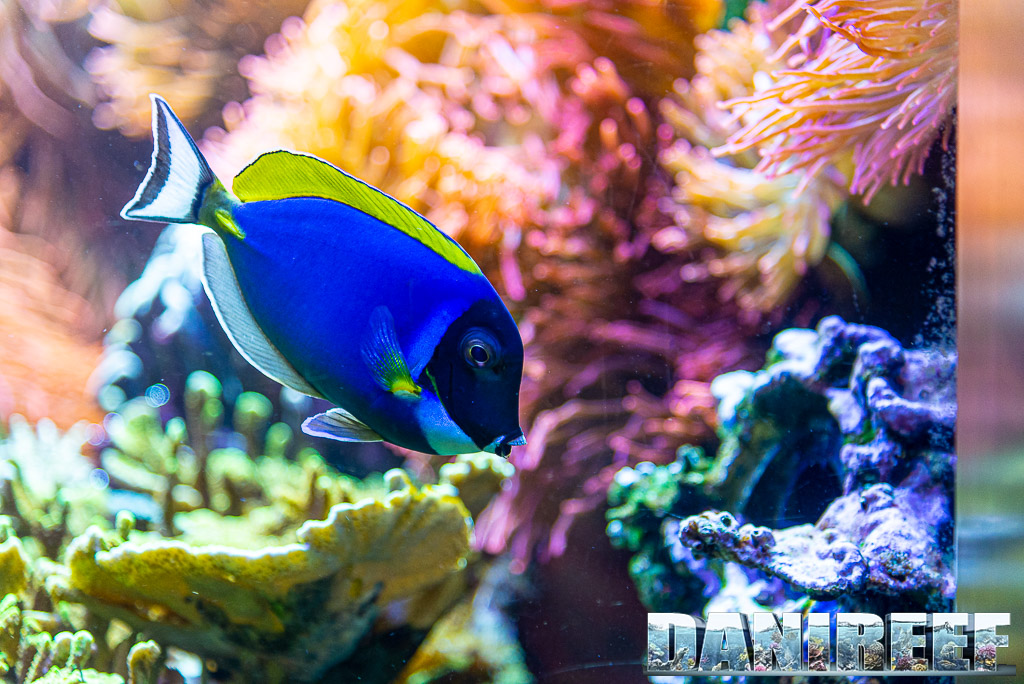
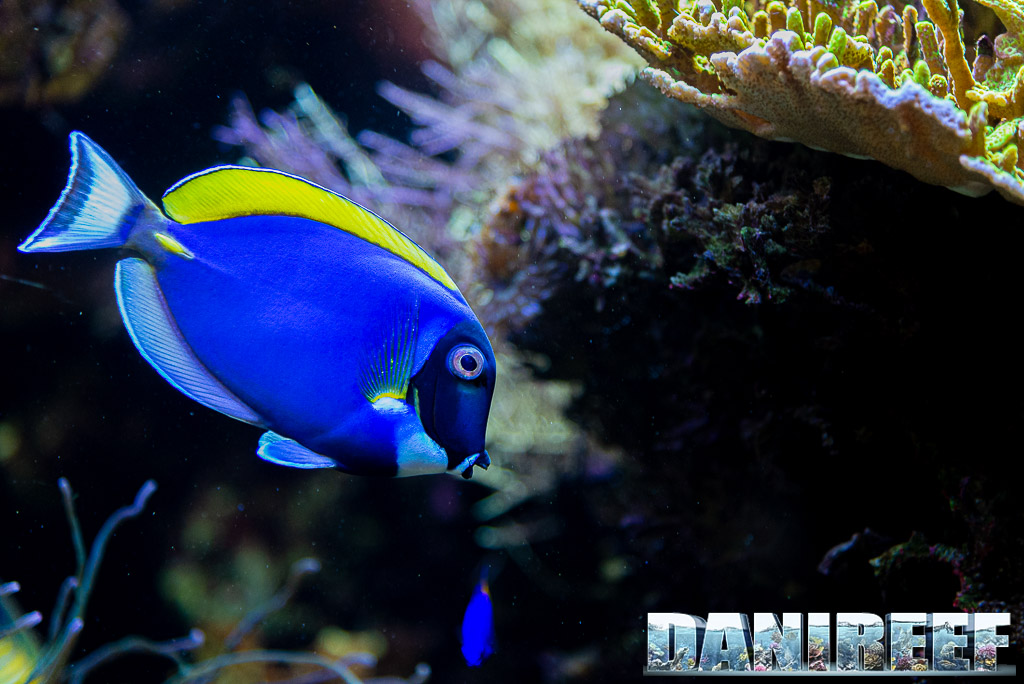
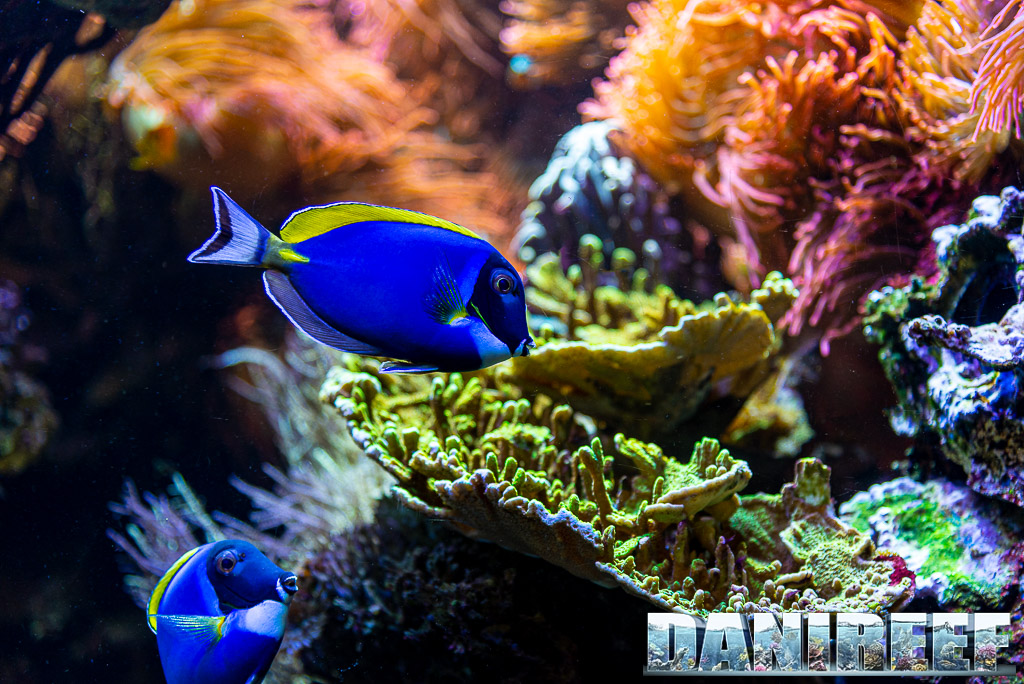
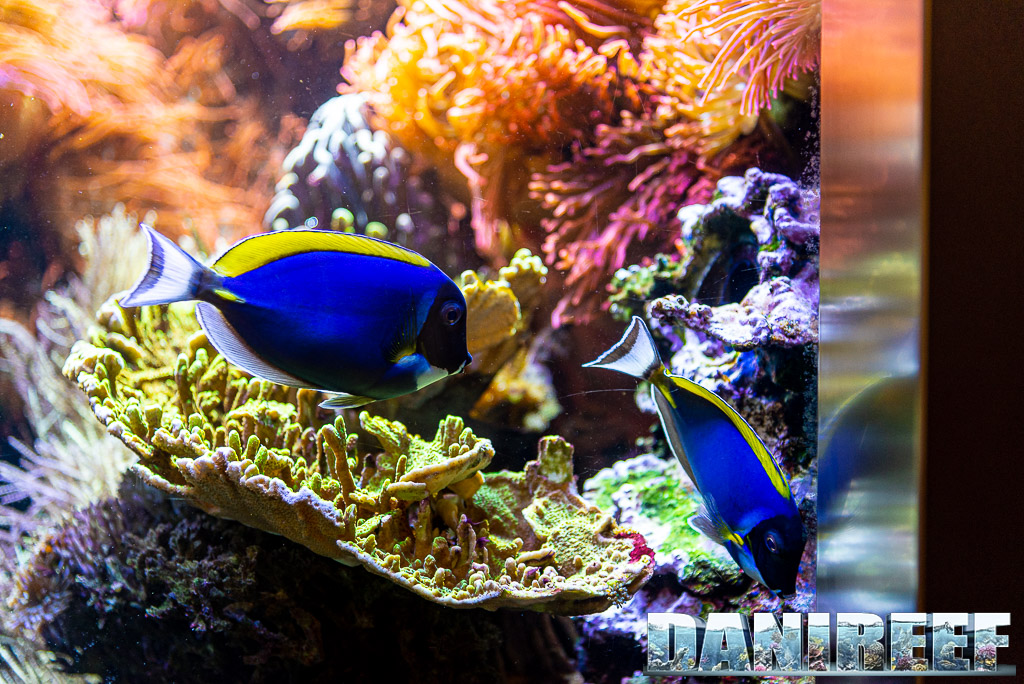
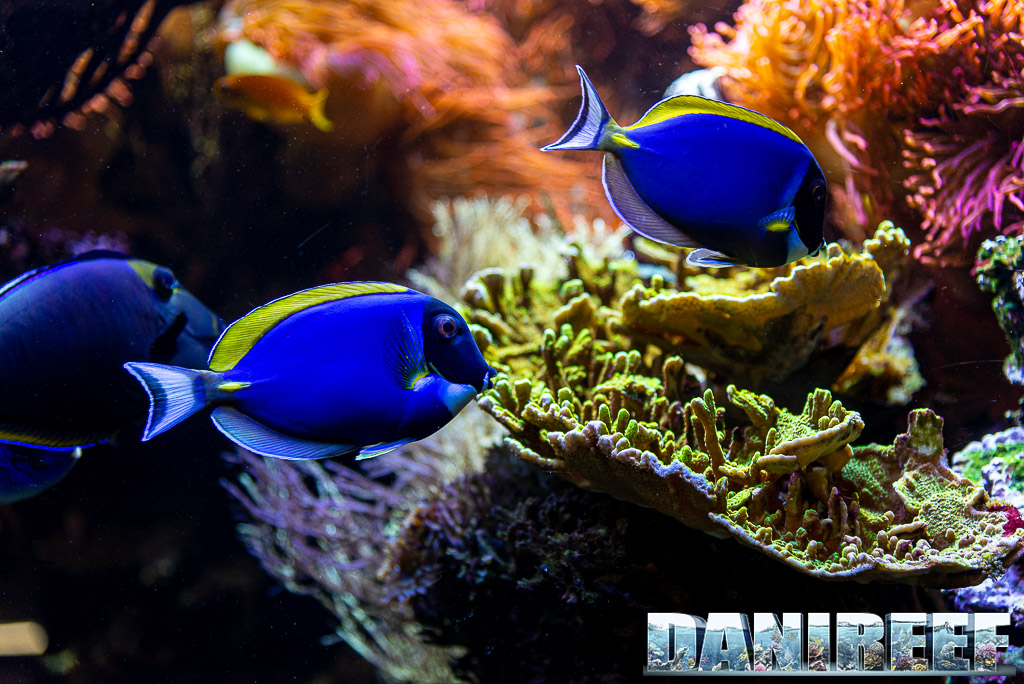
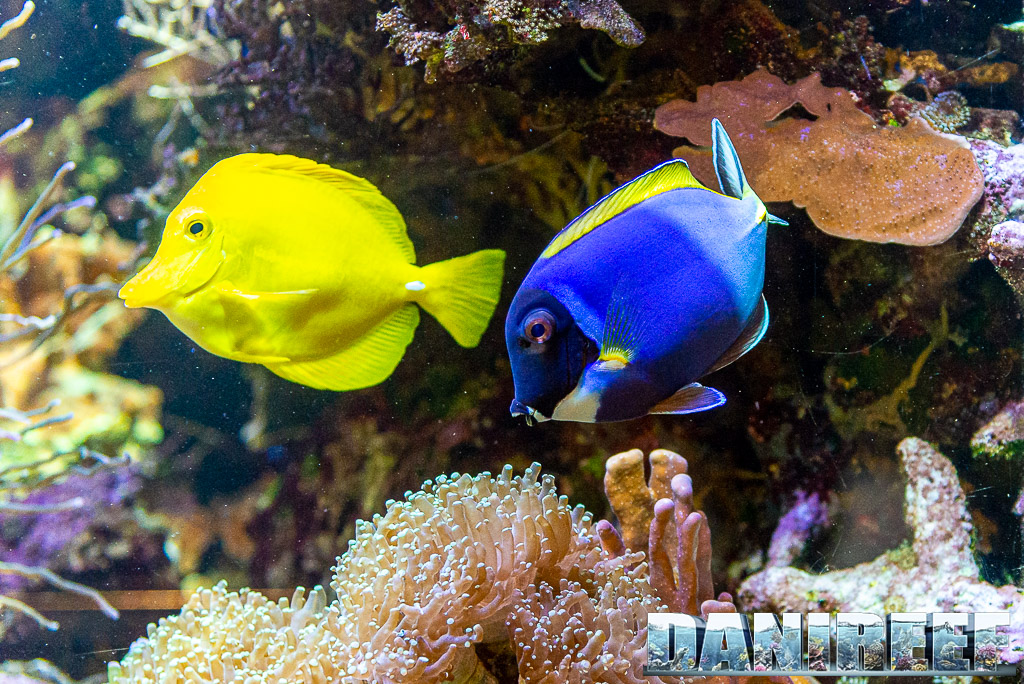
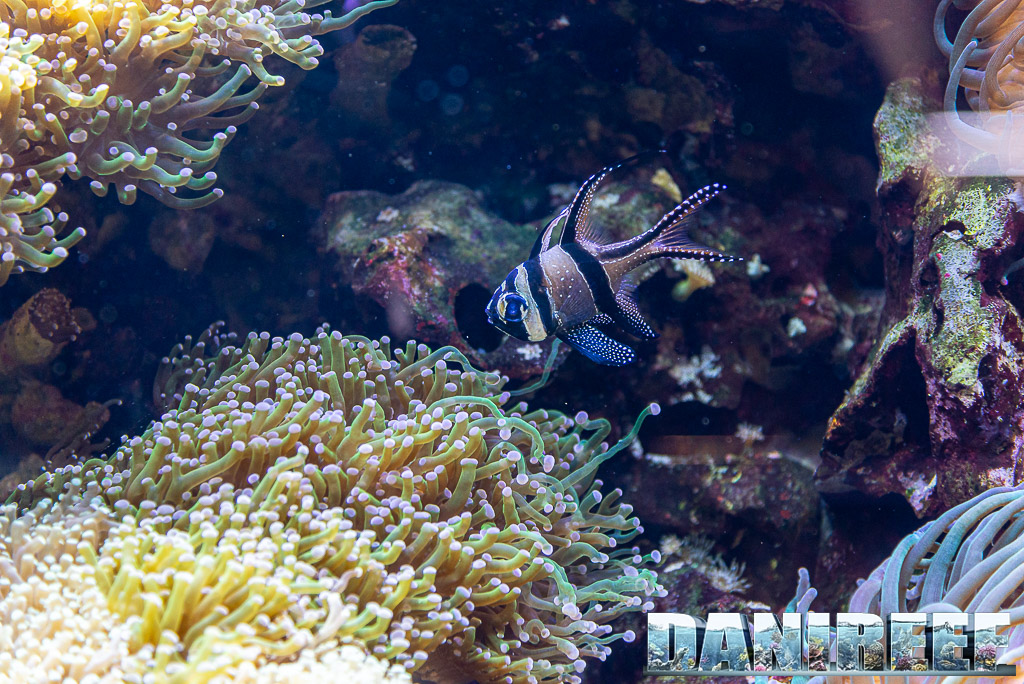
A brief history and some curious facts
Massimo Morpurgo told us that the aquarium is more than 25 years old, and was created to explain the origin of the Dolomites, the famous mountain groups found in Trentino Aldo Adige. And this explains, precisely, the at first sight curious location of this aquarium inside the Natural Sciences Museum of South Tyrol of Bolzano. The aquarium as we said is huge, it is 5000 liters, and the front side reminds us of how small our home aquariums are.
What is most impressive is in fact the height of the water column, virtually impossible in our homes. One only has to look at the size of this Tridacna derasa to understand the size of this stupendous corner of nature.
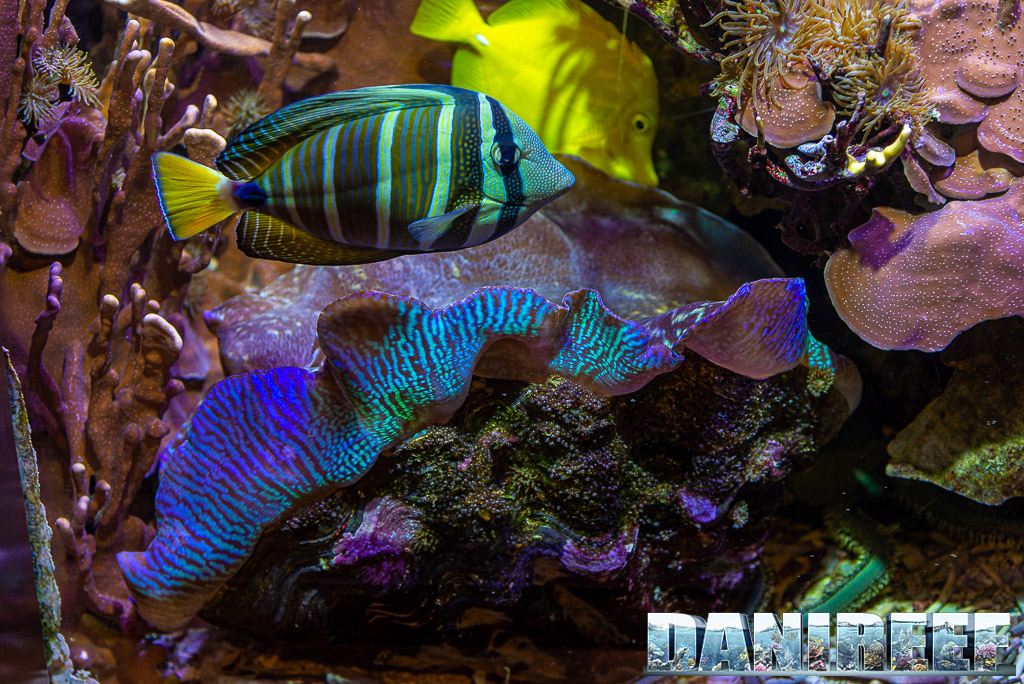
Also think that in 2022 the aquarium underwent a complete redesign from the previous structure, which Massimo had told us extensively about in the article The Coral Reef Aquarium of the Natural Sciences Museum of Bolzano turns 15: Development and Experiences, which I recommend you to catch up on and read to understand the complexity of running such an aquarium.
On the coral side we find everything from soft corals to LPSs to SPSs, as well as anemones. There are funge, in addition to the beautiful formations of Heliopora coerulea, but also Acropora, Seriatopora, Montipora, Stylophora, Euphyllia, you can find almost everything, even the famous fire coral!
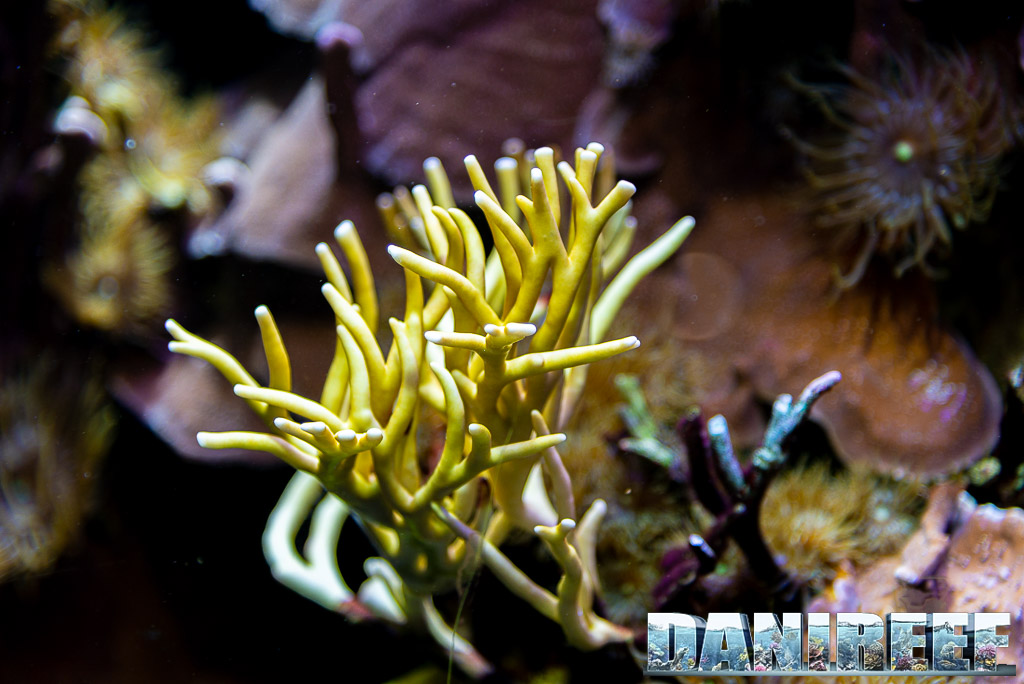
The core of the system: the new lamps
The aquarium has received a new lighting system since 2019. Previously, in fact, it operated with three 1,000-watt 13,000°K Aqualine or 10,000°K Aqua Medic metal halide lamps, as well as 18 blue Osram L 58 W/67 T8 tubes. Now, however, there are 6 Philips Coralcare and as many as 6 Led Spot AquaMedic 200-watt lamps, developed for large public aquariums and able to reach very well into the depths.
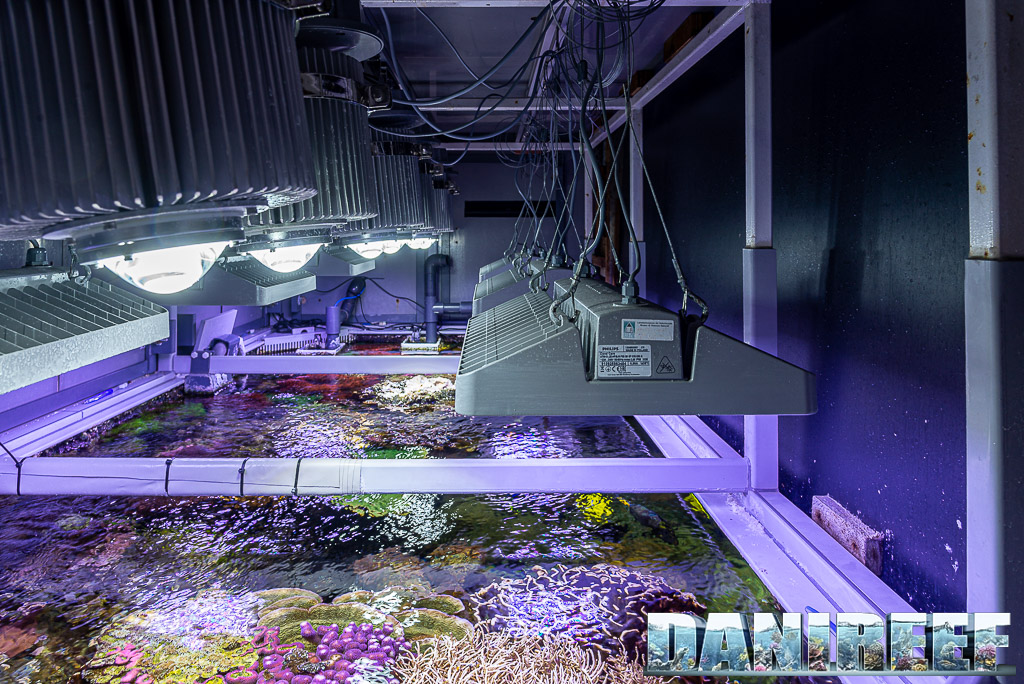
This resulted in huge savings in electricity consumption, managing to reduce consumption, compared to the previous situation by as much as 60%!!! But also and especially to reduce the total heat, which was a huge problem of the previous management with HQi lamps.
Massimo is keen to point out that with the change of lamps, there were no strange reactions from the corals. And that’s why they are extremely satisfied with the change, an improvement on all fronts, with no problem for the animals.
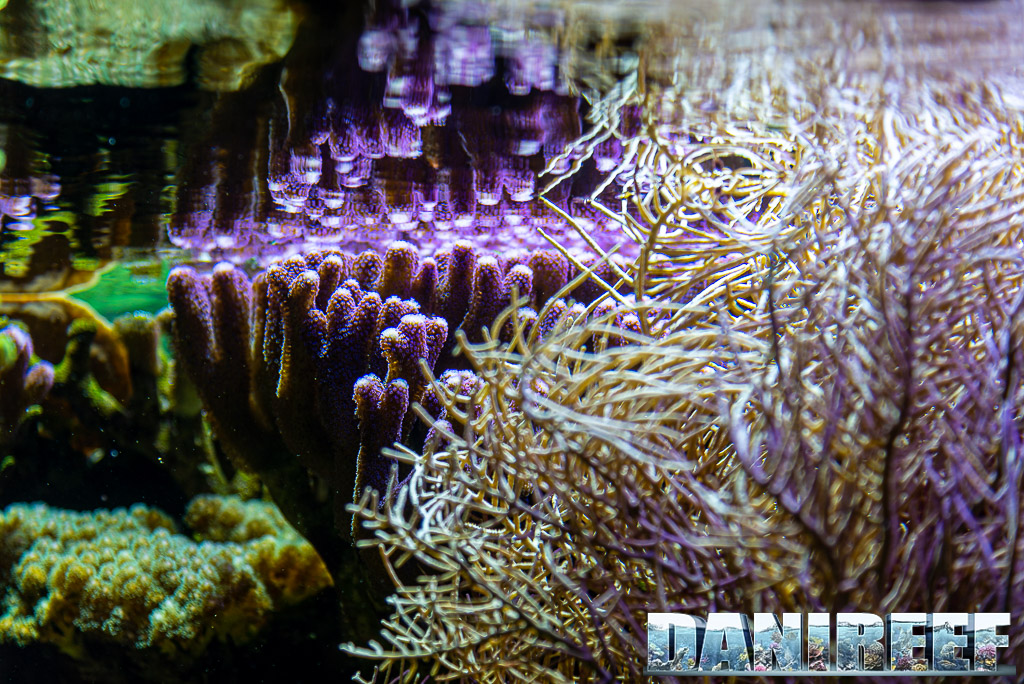
Since this year, again to economize on electricity consumption the aquarium as we knew it in the previous article has changed a lot. Before, in fact, the filtration plant was in the basement of the museum, from where the water was pushed as high as 2 floors to get to the aquarium, which is located on the second floor of the museum. Just think that the water was pumped almost 10 meters high, while now the technical part is located in the compartment behind the aquarium. However, this has resulted in the decrease of available water throughout the system. Previously in fact between the aquariums, refugium, etc. there were as many as 9000 liters, which now remained basically the 5000 liters of the main aquarium.
The most beautiful view of the aquarium, however, is the top one!
The aquarium can be seen from the huge front and a small spot on the side. Both are beautiful views, but we had to climb a ladder to see the illuminating part. My eyes lit up.
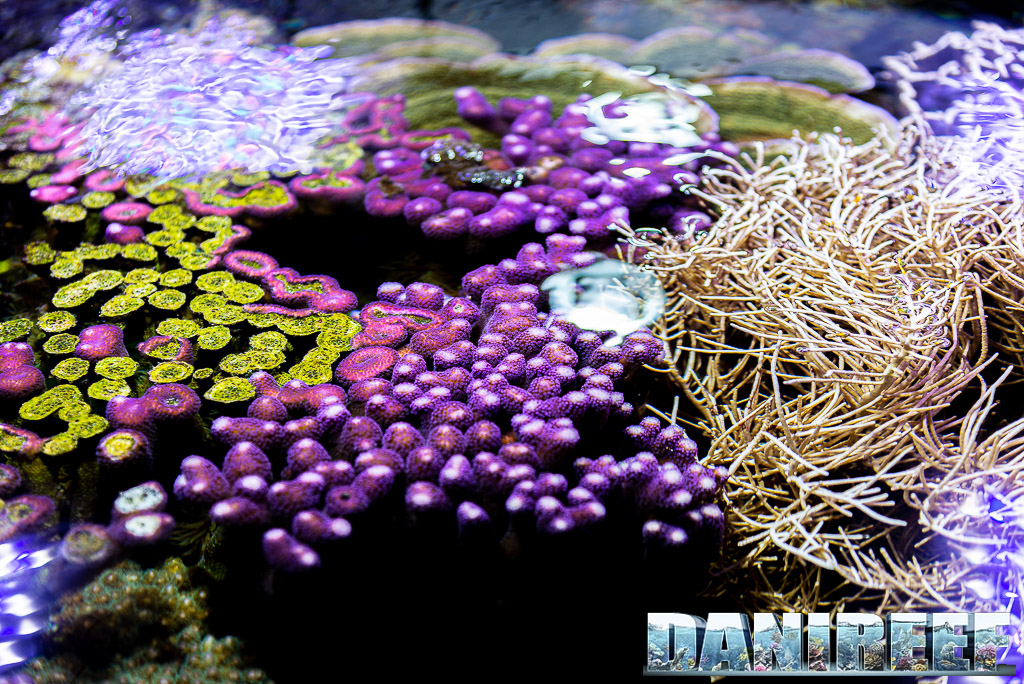
I am aware that I was one of the few lucky ones to be able to see it from this height. And I think it would be very nice to be able to think about making it so that even ordinary visitors can see the aquarium from above. Here the lamps get to show their full potential. The Philips Coralcare, which we have always considered among the best ceiling lights for marine aquariums, together with the AquaMedic Led Spots manage to illuminate the top almost as if we were in a tropical sea, and in fact from above you can appreciate incredible colors.
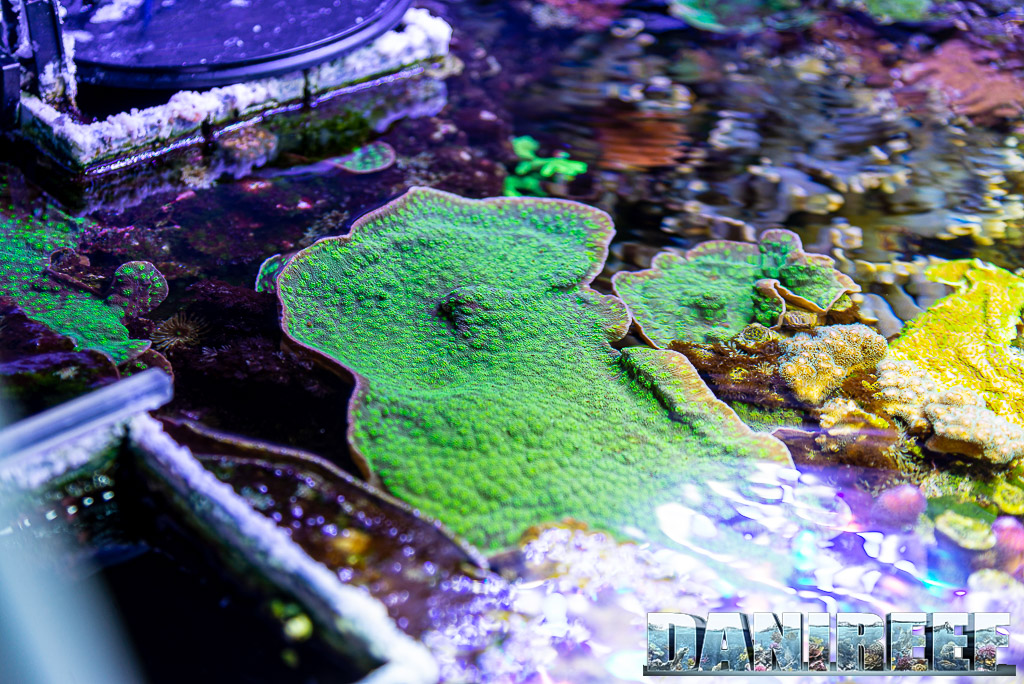
If from the front the colors are affected both by the type of glass that is definitely not extra-clear, the angle and the distance from the lamps, in the upper part it looks like we are in front of a marine aquarium that we are used to having at home. Amazing colors and growth. Beautiful to look at, and I honestly did not expect such a view from the top.
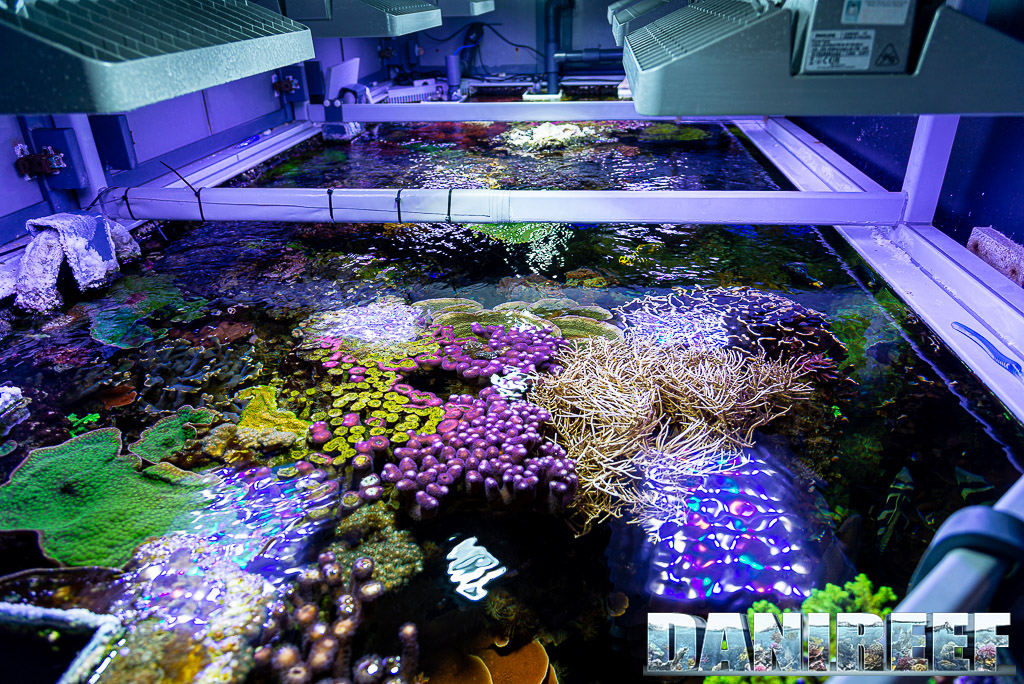
Pure spectacle, don’t you think??? Would you ever have thought that the front colors of the aquarium were so different from those seen at the top? I honestly never would have thought of it and was impressed.
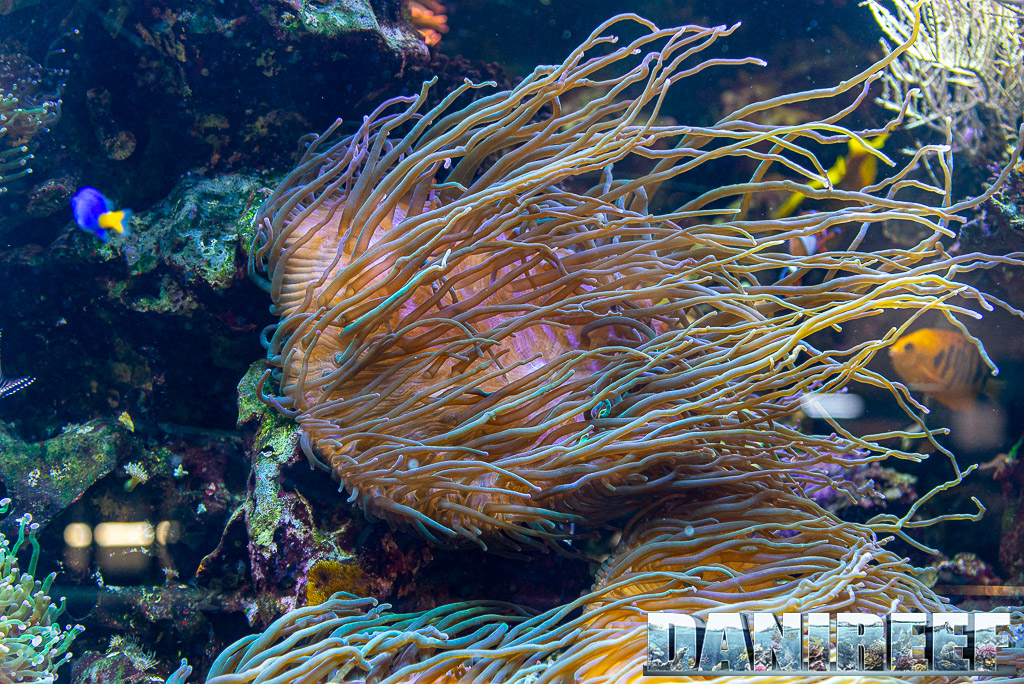
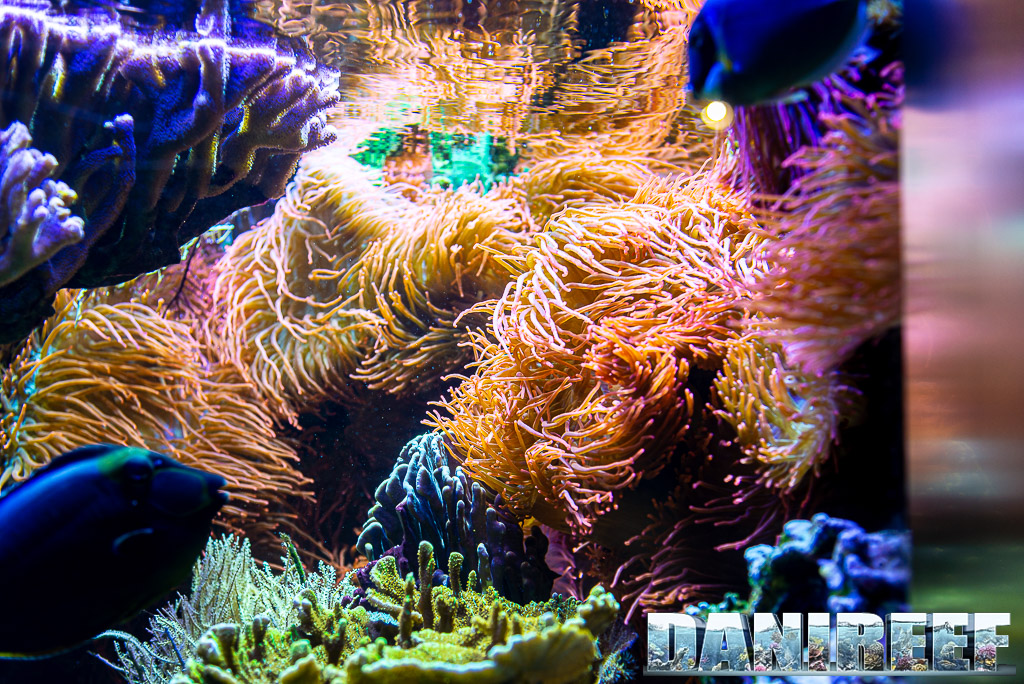

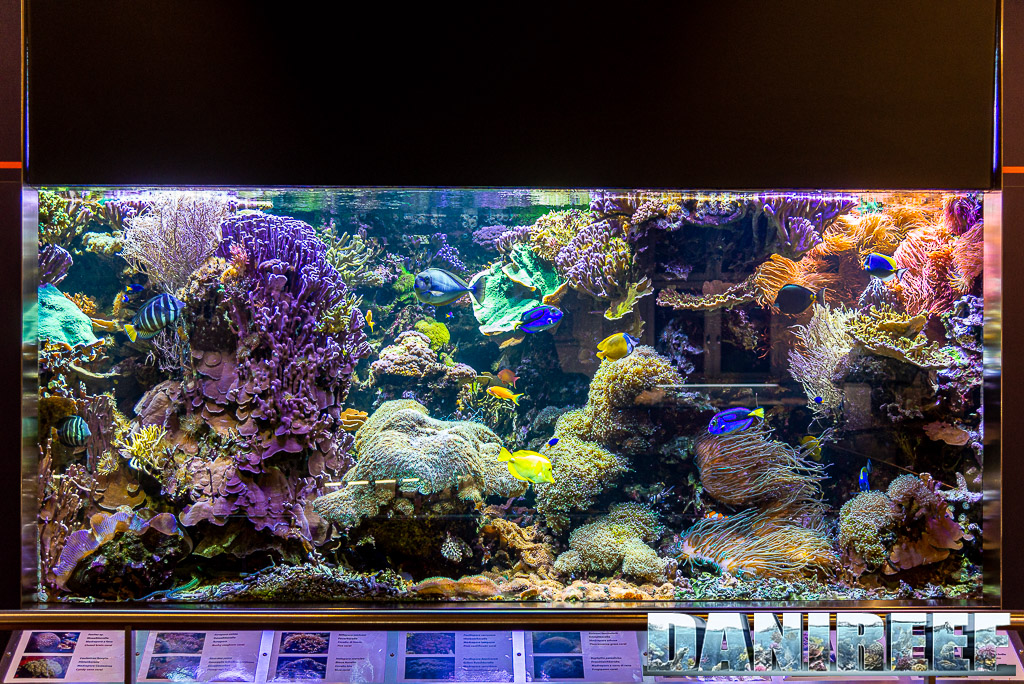
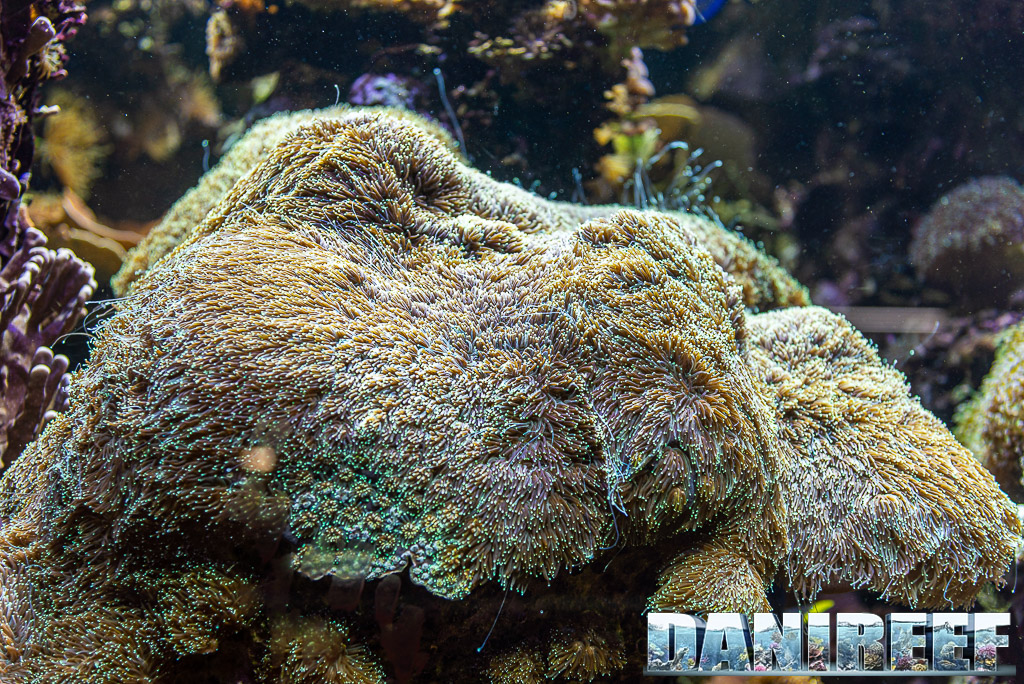

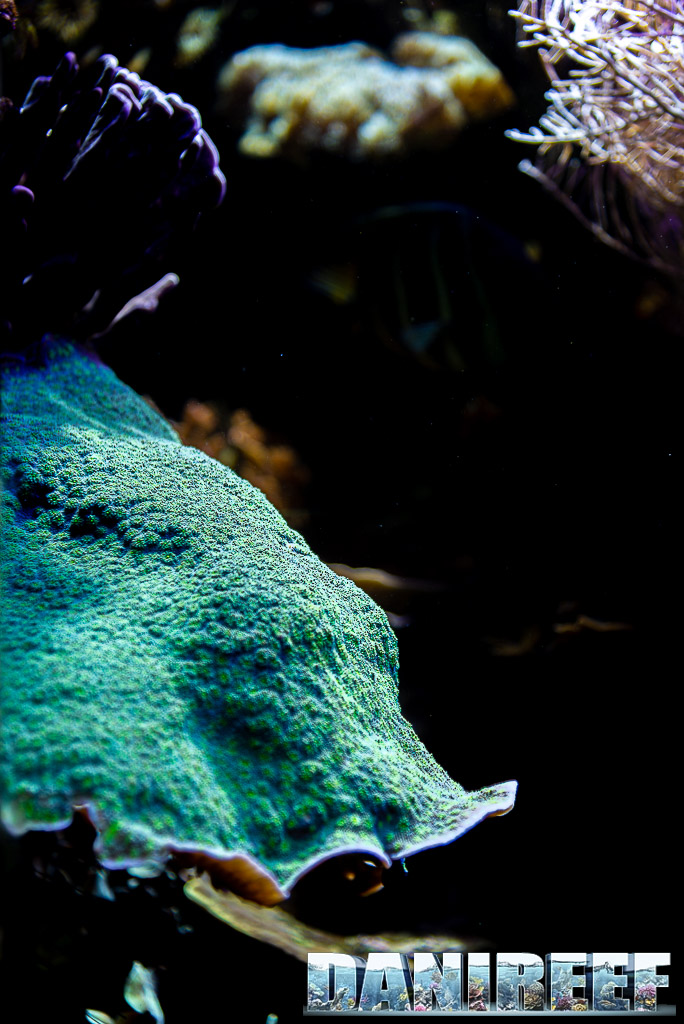
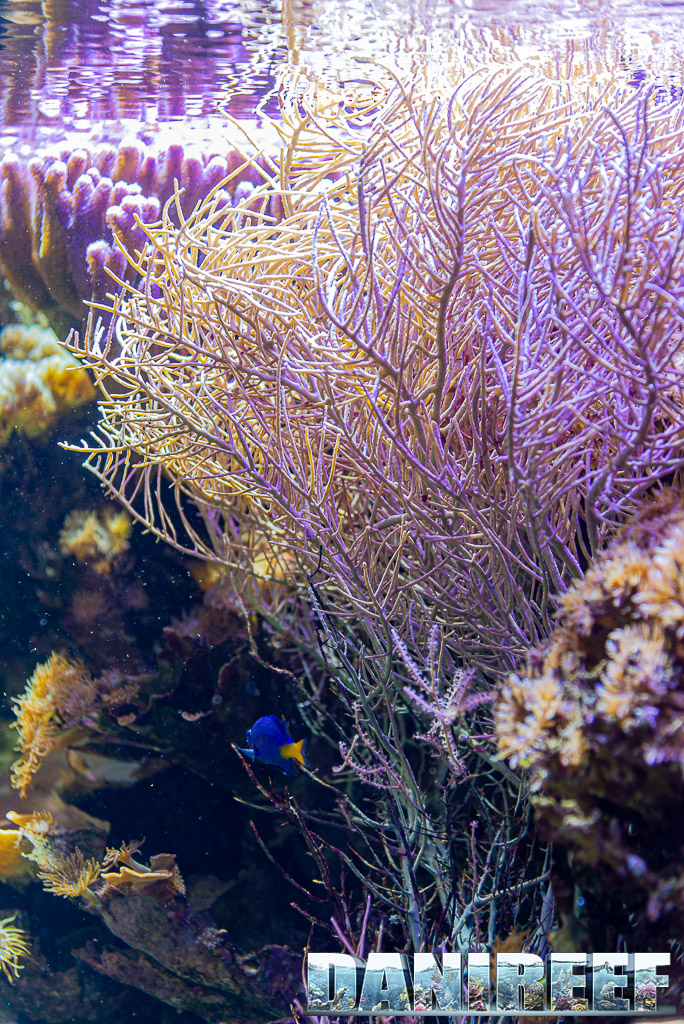
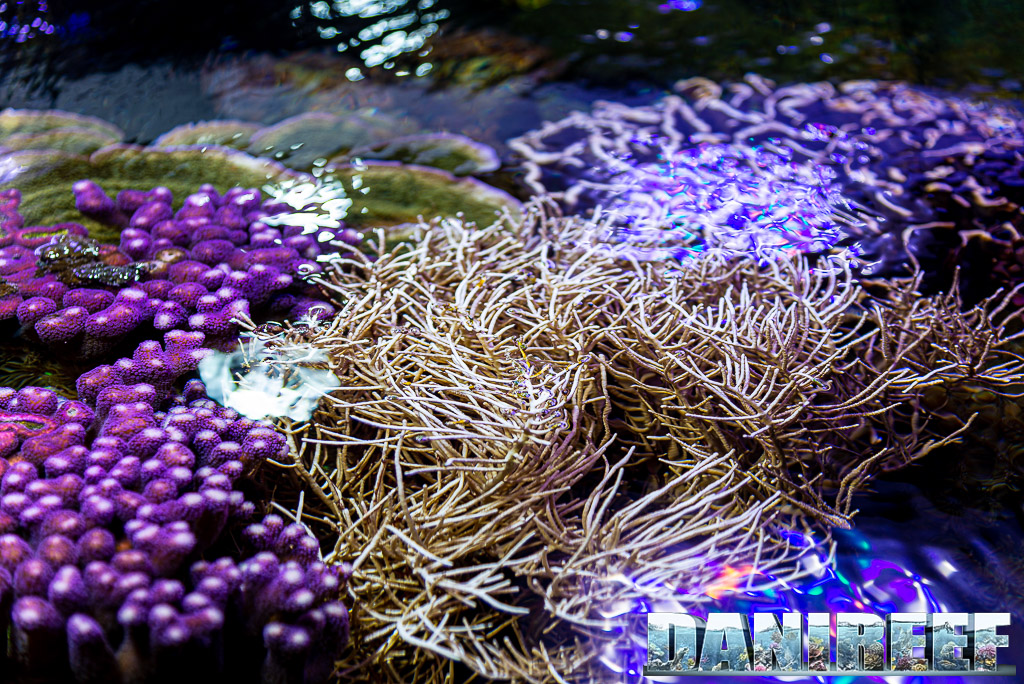

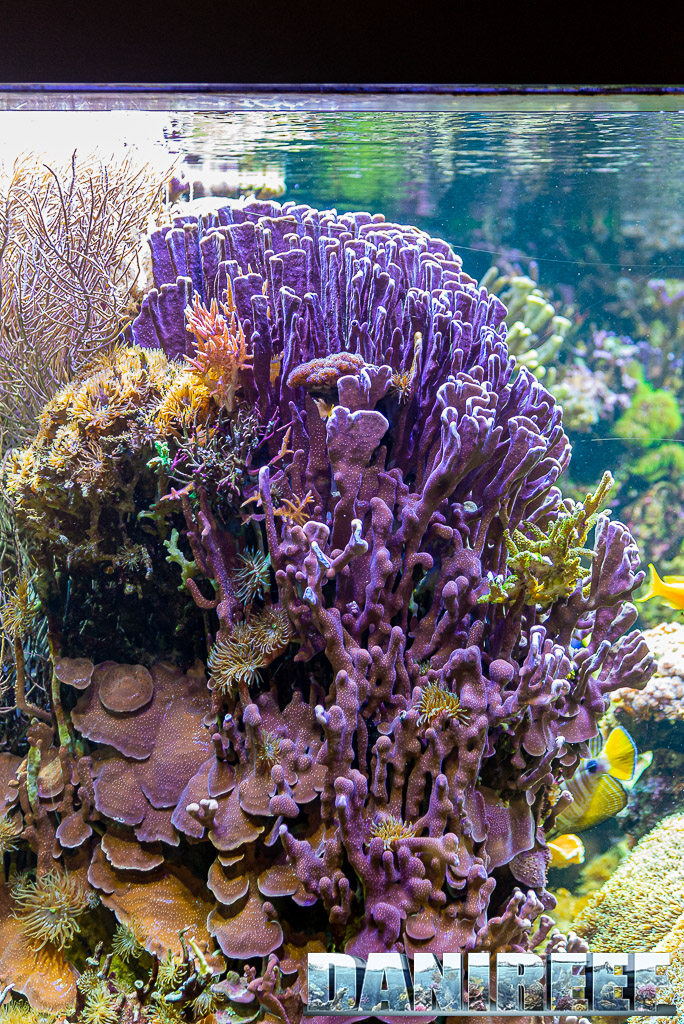
The secrets behind the aquarium
Technically speaking, the system relies on the administration of Calcium Formate Ca(HCOO)2 to manage calcium content in the aquarium. In a rather small sump, or rather, exploited to the millimeter, sits a huge Deltec SC4580 skimmer, equipped with the CS4580 automatic glass neck cleaning module.
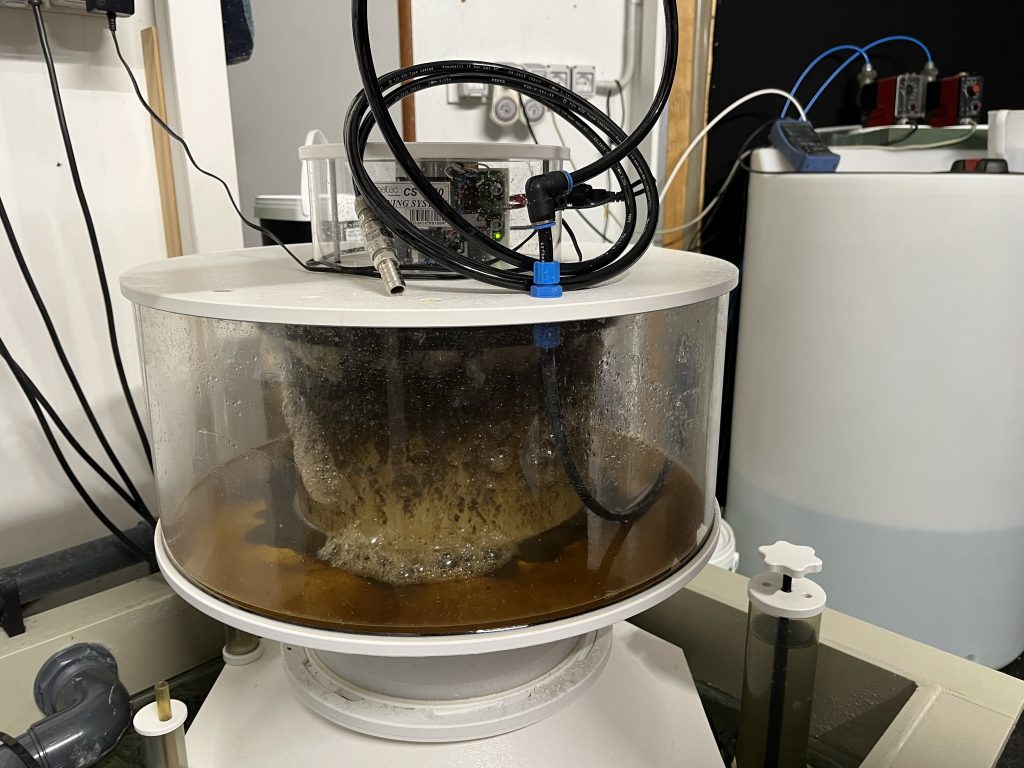
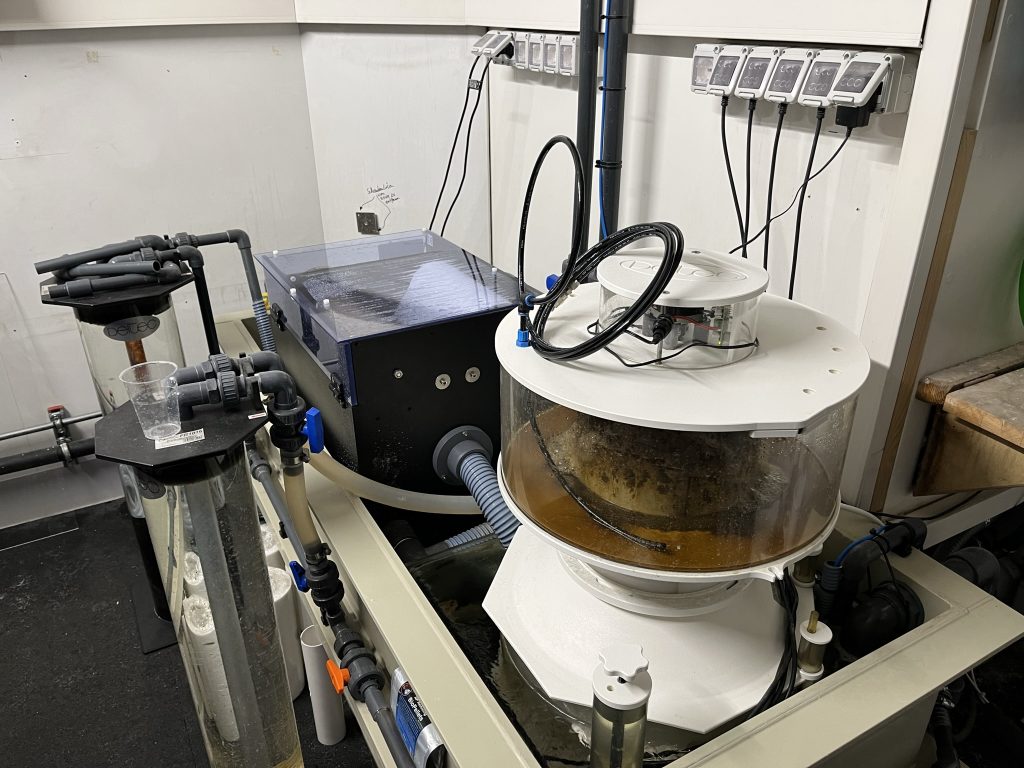
But what interests us most is the solution adopted for the roller filter. It is a Genesis model (we talked about it in this article back in 2014), which is special because it is completely mechanical. That is why it is fail-safe. Basically as the filter gets clogged by particulate matter from the aquarium, it raises the level, which at some point presses against a mill that advances the roller, and the game starts again.
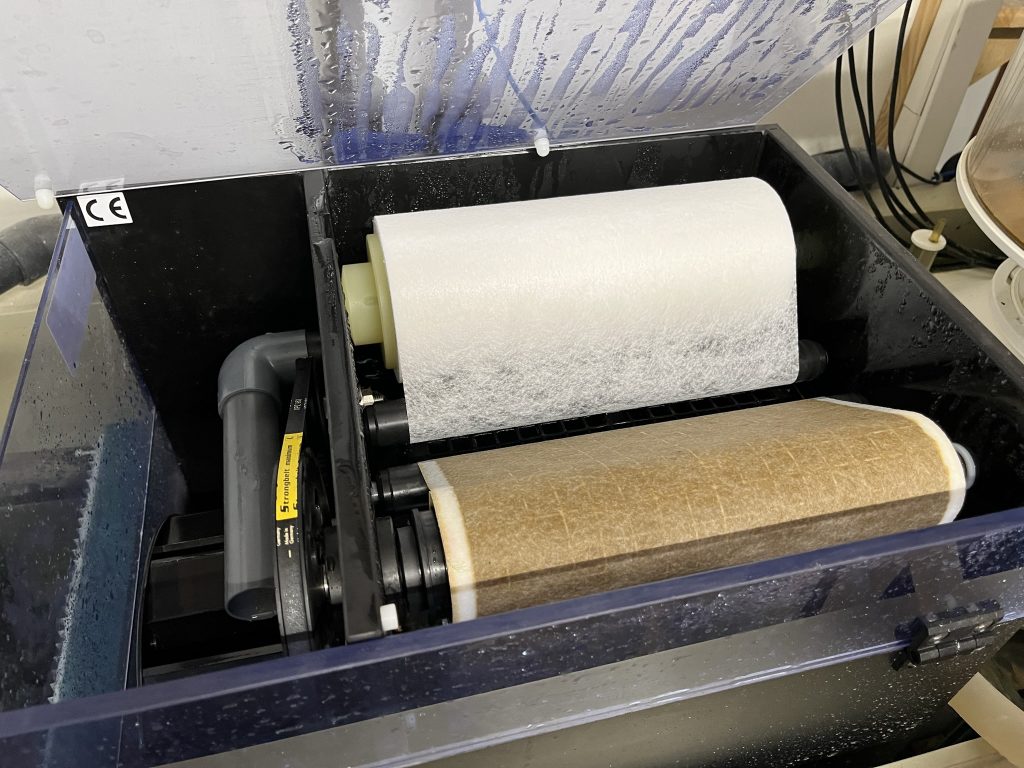
The only problem? The less-than-pocketable size that limits its use to rather large sumps. However, a filter that is virtually unclogable, and runs on its own without any problems, is really priceless. Don’t you think?
The new jellyfish aquarium
When we were guests at the South Tyrol Museum of Natural Sciences of Bolzano to see the 5,000-liter aquarium, we also saw a jellyfish exhibit that would become operational in a few days. So today it is available and can be visited by the public. In fact, in the following photo, the covers of the Schuran aquarium were still missing.
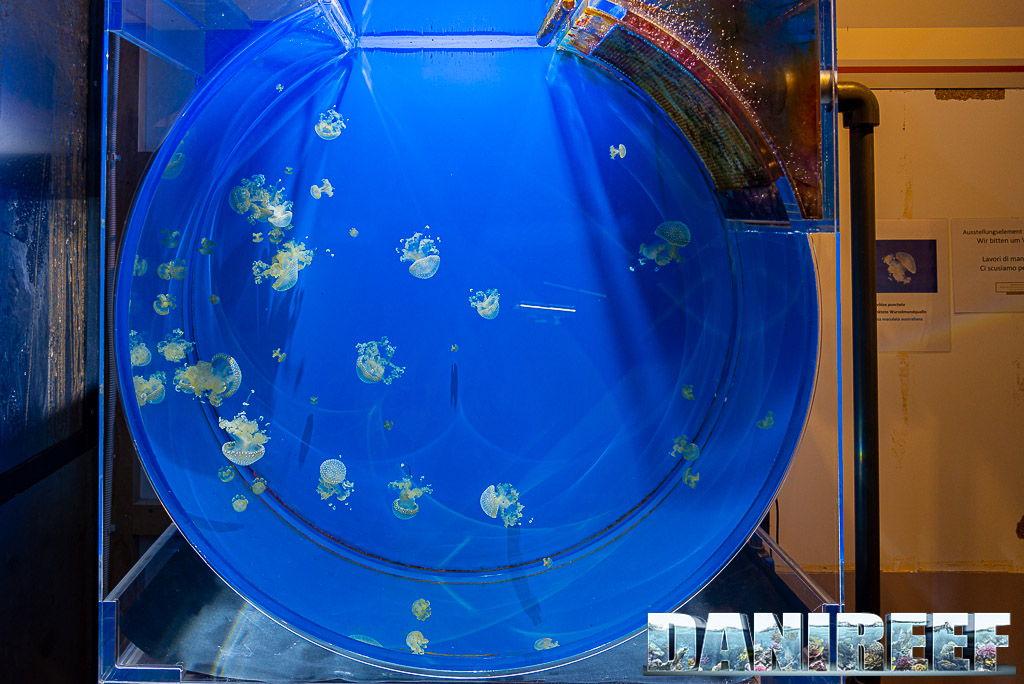
Today the covers are there, and the museum sent us this photo to show us the context of how the jellyfish tank became.
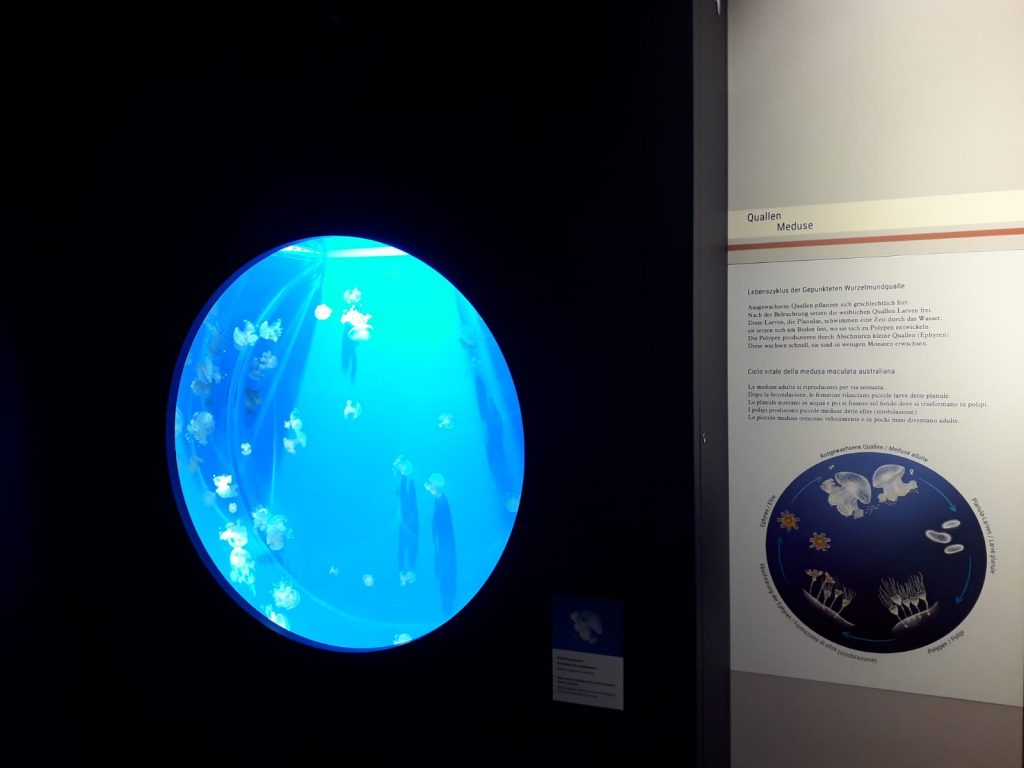
The tank contains several specimens of the jellyfish Phyllorhiza punctata. Which is actually a scyphomedusa and goes through 2 distinct life cycles, that of a polyp and that of a jellyfish. Octopuses can live up to 5 years, while jellyfish hardly exceed 2 years. The umbrella can reach between 30 and 60cm in diameter, although in this case we are definitely looking at smaller sizes.
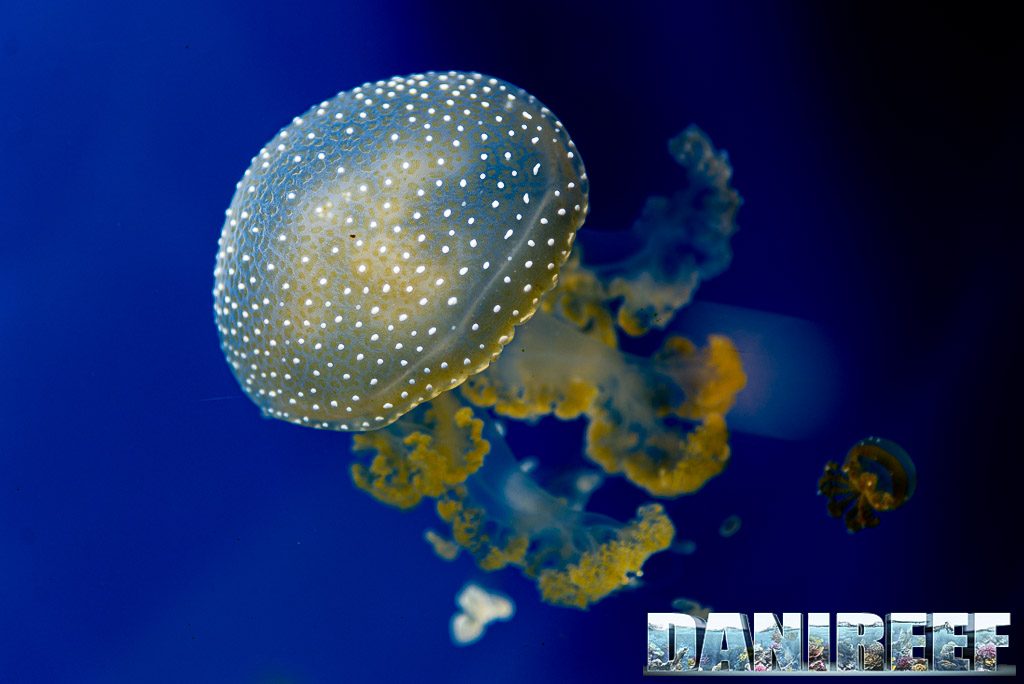
The jellyfish tank, unlike usual, is brightly lit, through the use of a 100-watt AquaMedic LED spot. This is because the jellyfish Phyllorhiza punctata is a species that harbors zooxanthellae on its umbrella, and therefore needs light so that these small symbiotic algae can return the nutrients it needs to the animal. Of course, jellyfish are also fed with artemia naupli as solid food. Jellyfish are beautiful and even photographing them makes for some amazing pictures, as you can see in this small selection gallery.
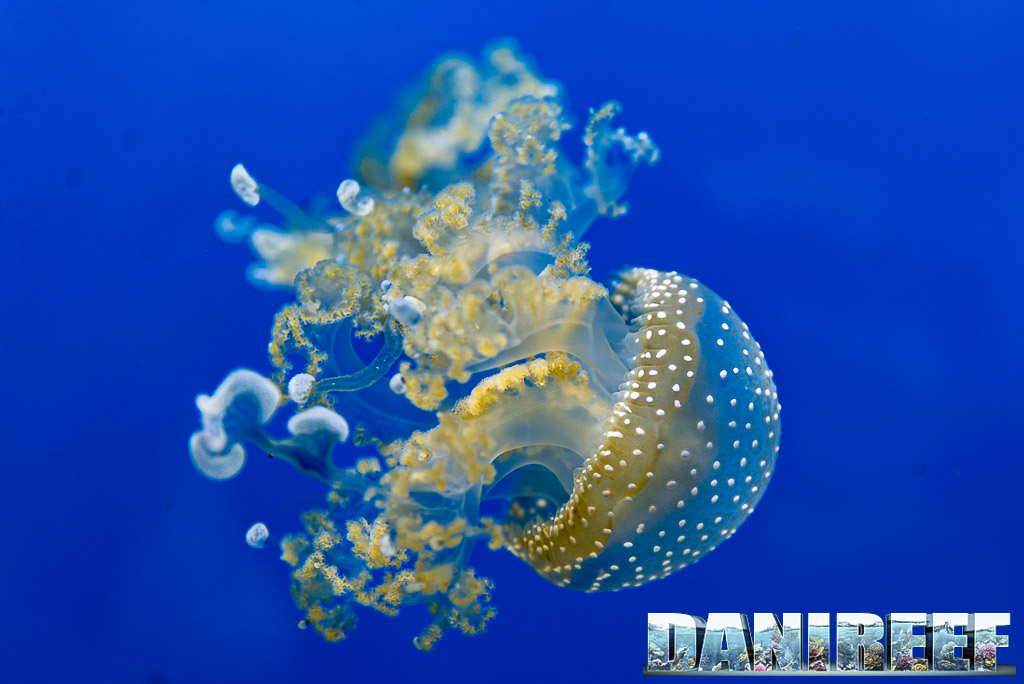
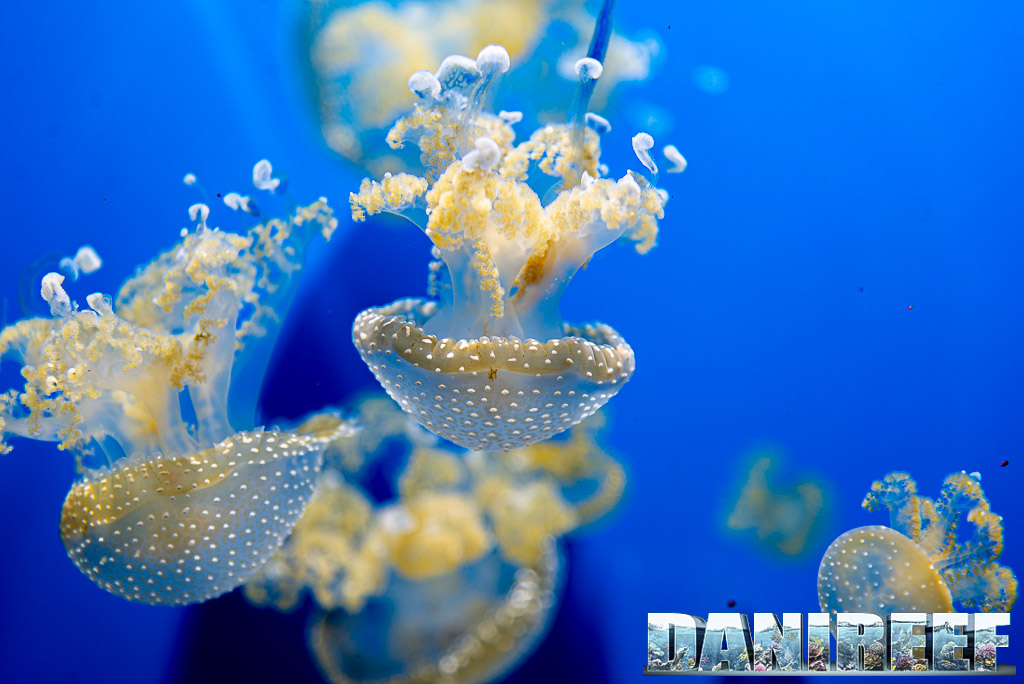
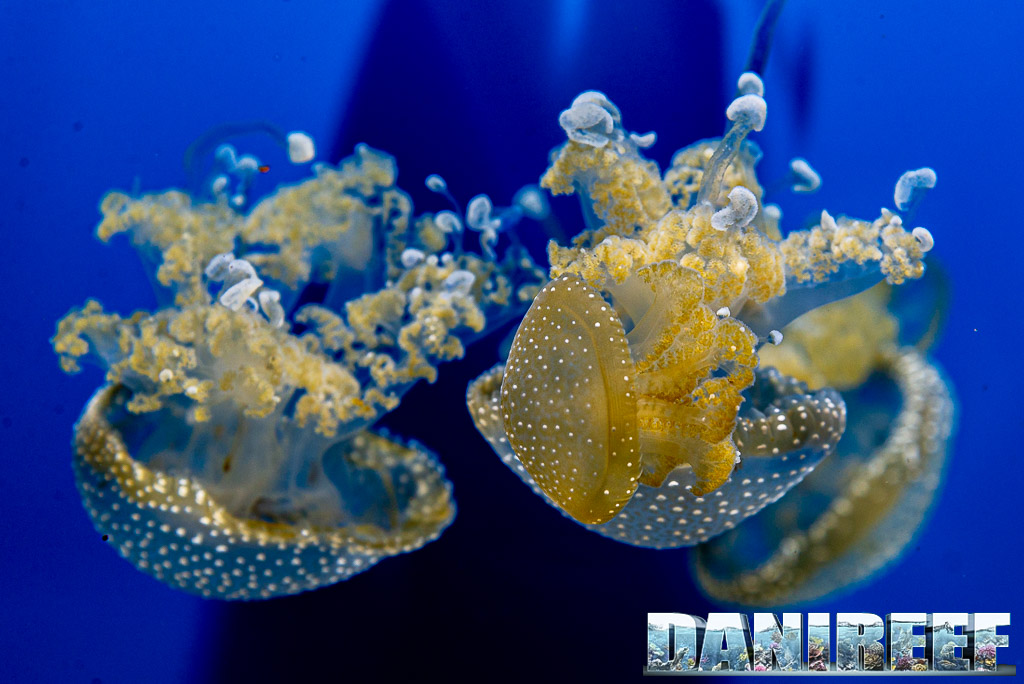
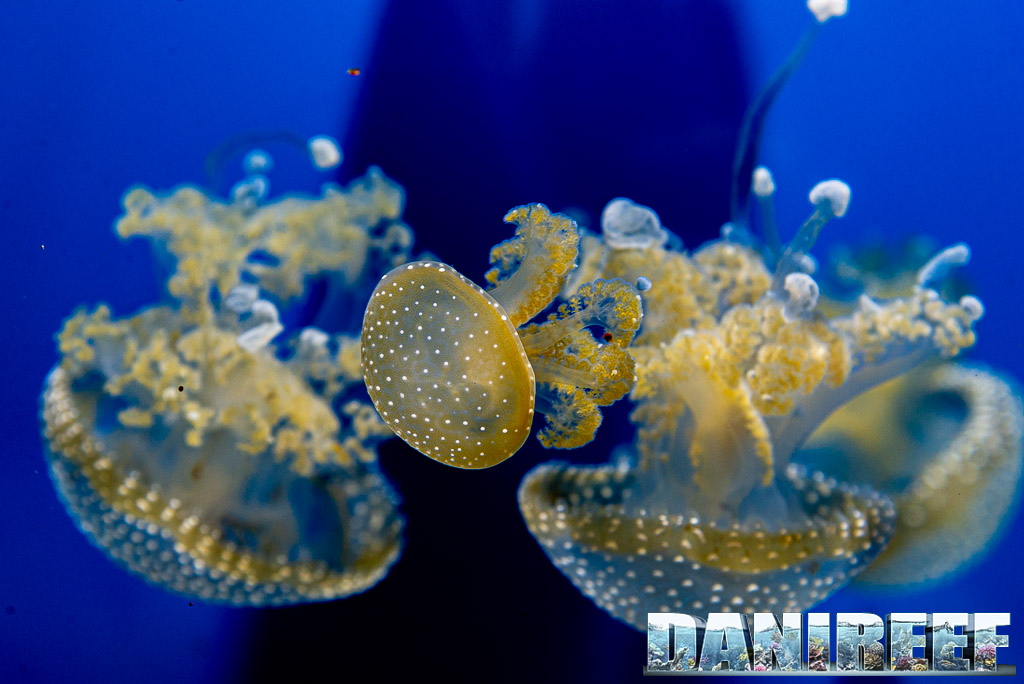
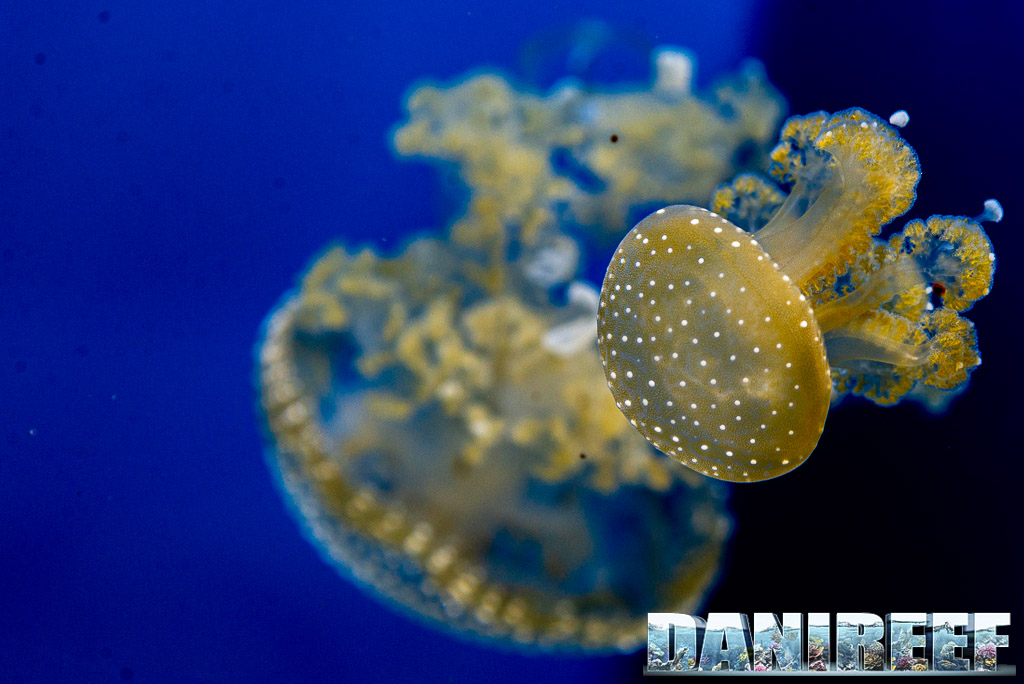
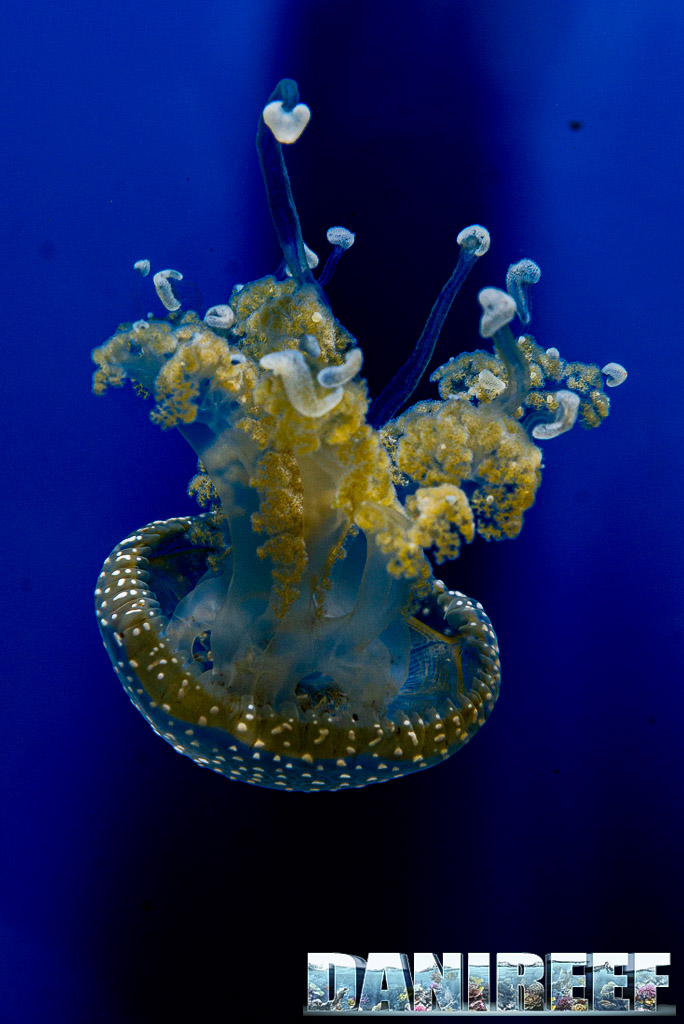
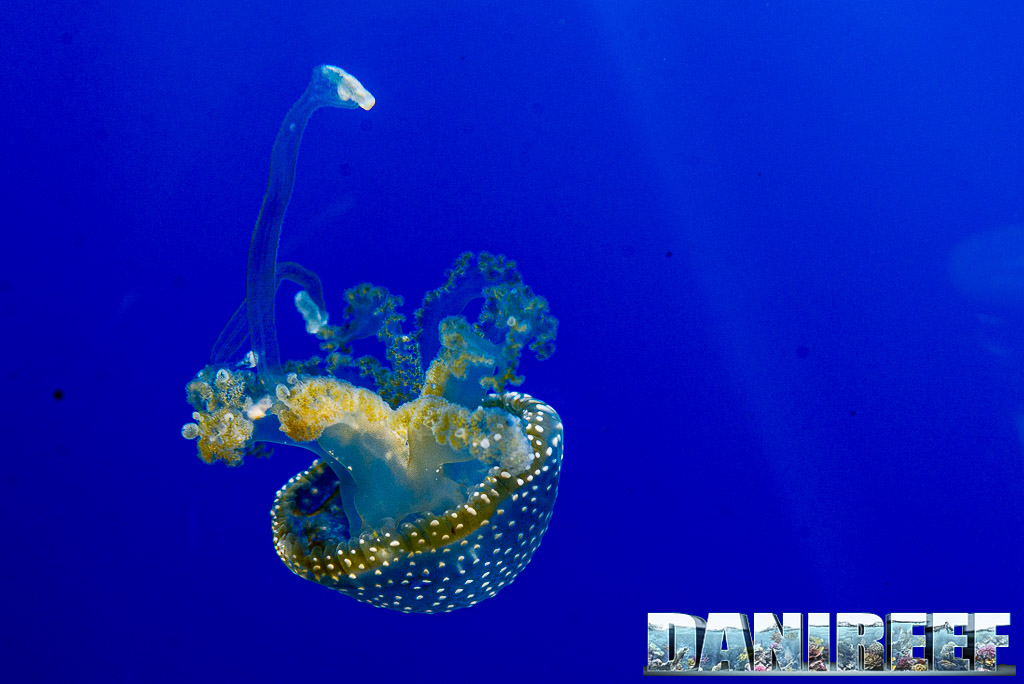
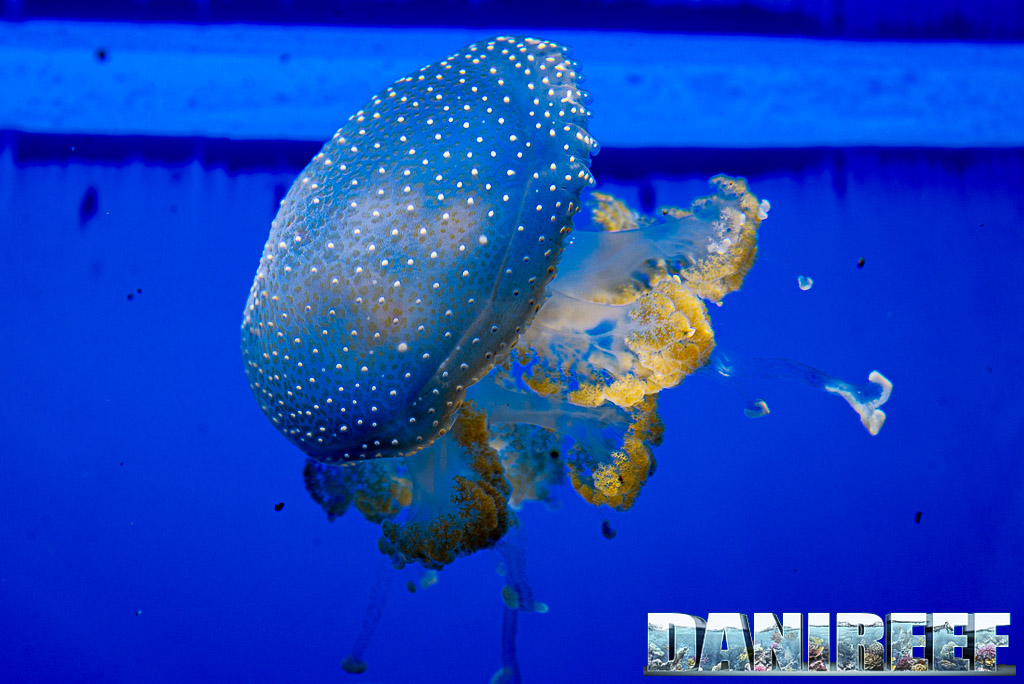
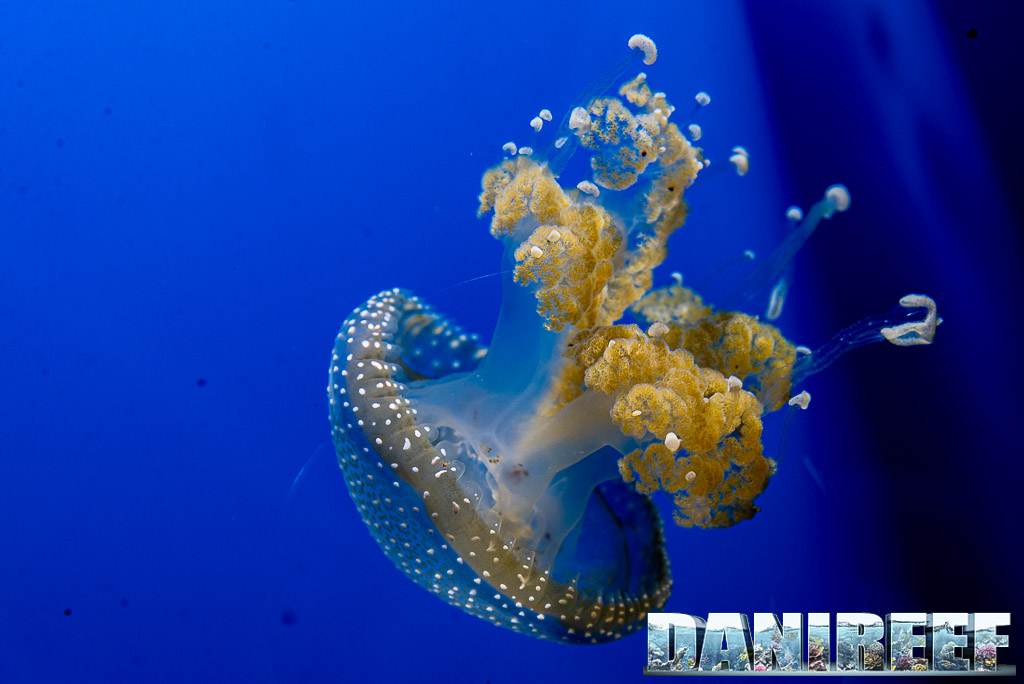
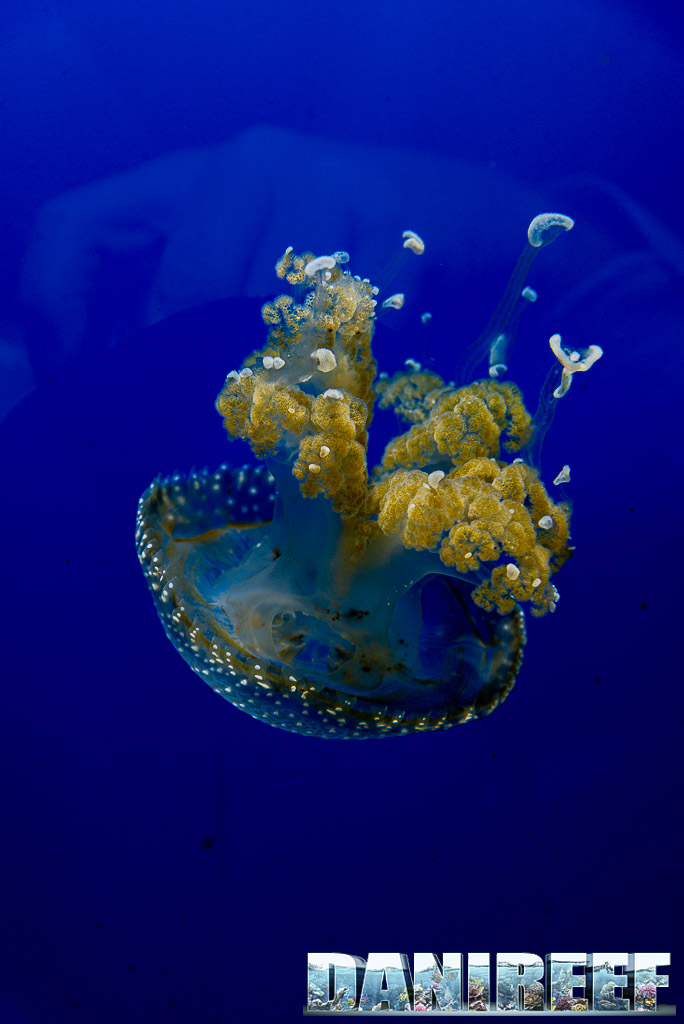
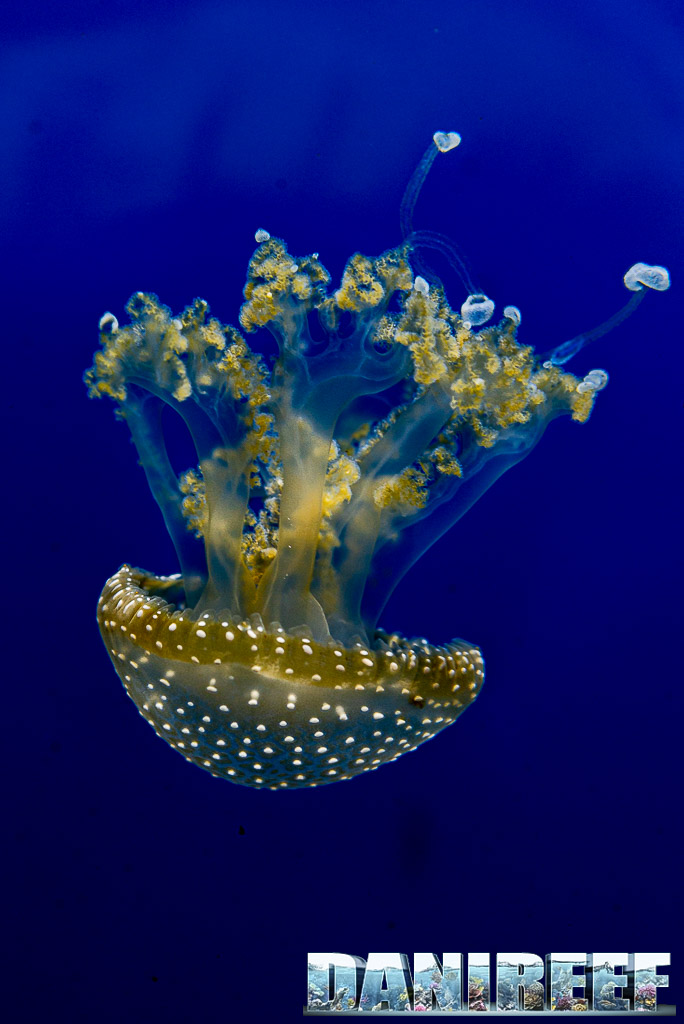
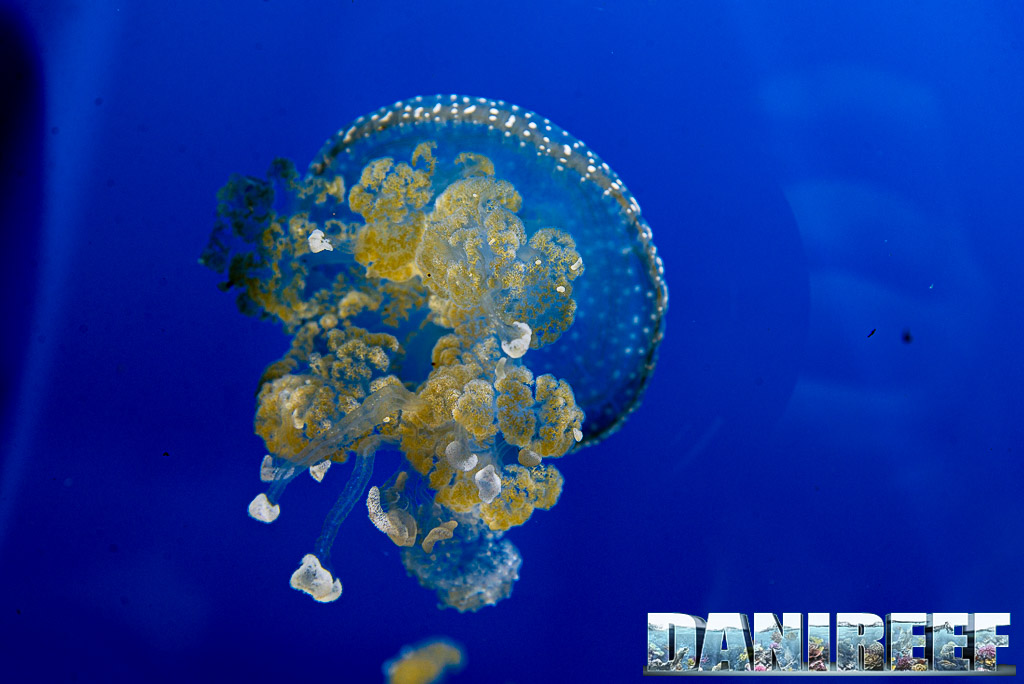
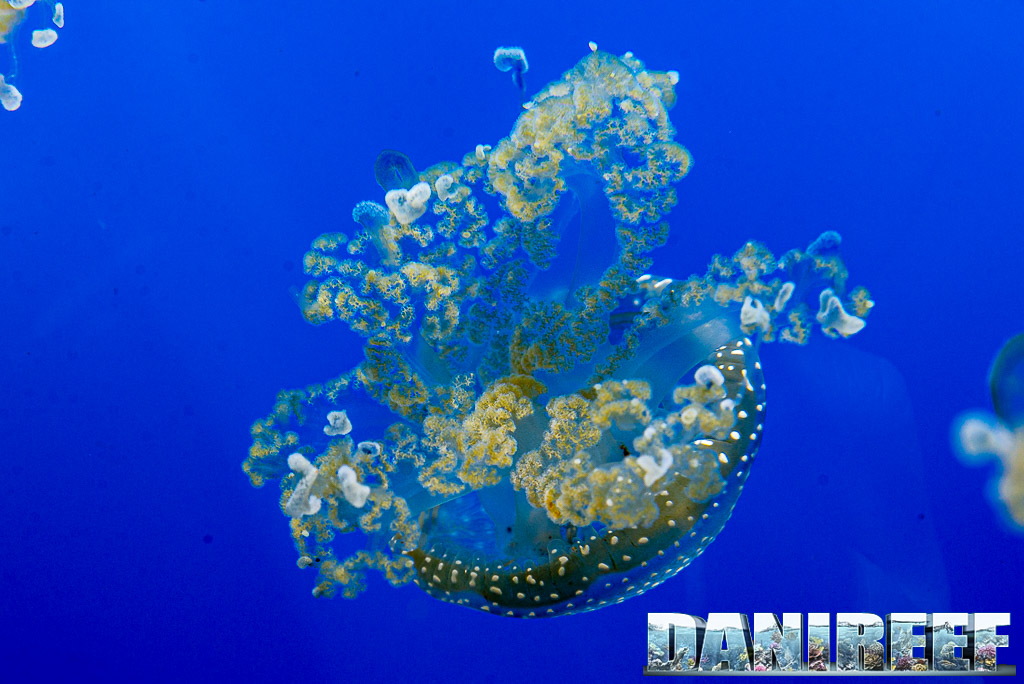
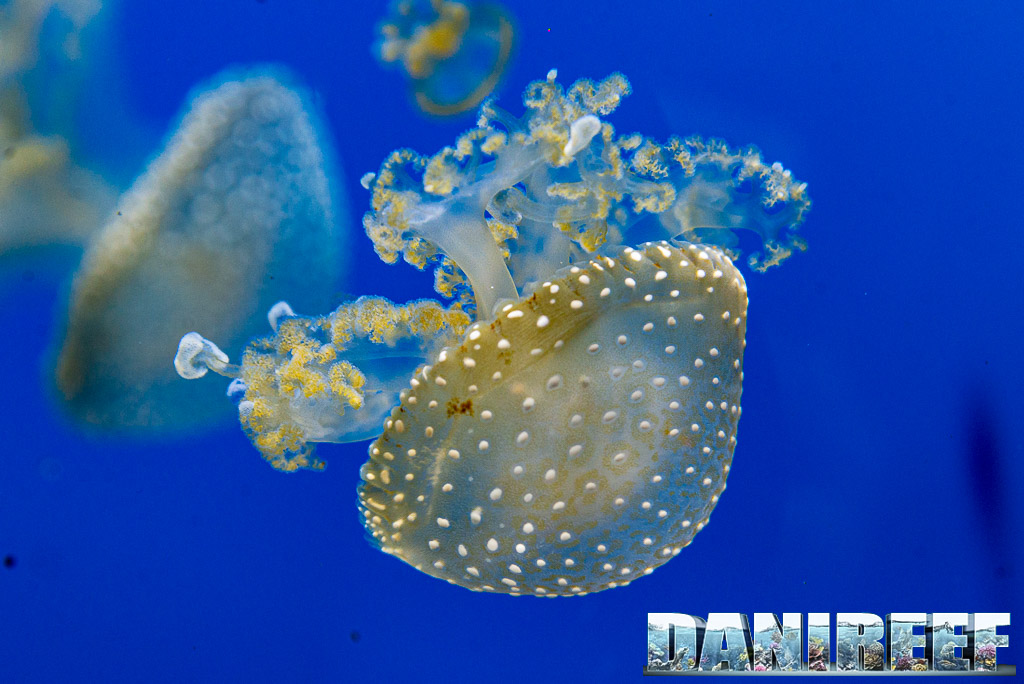
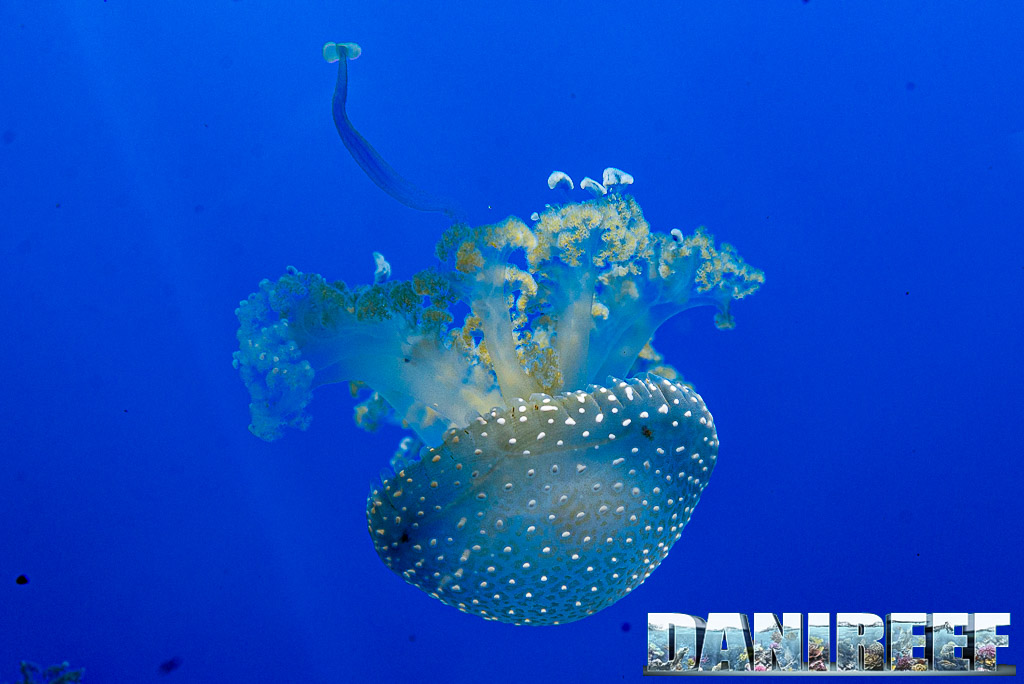
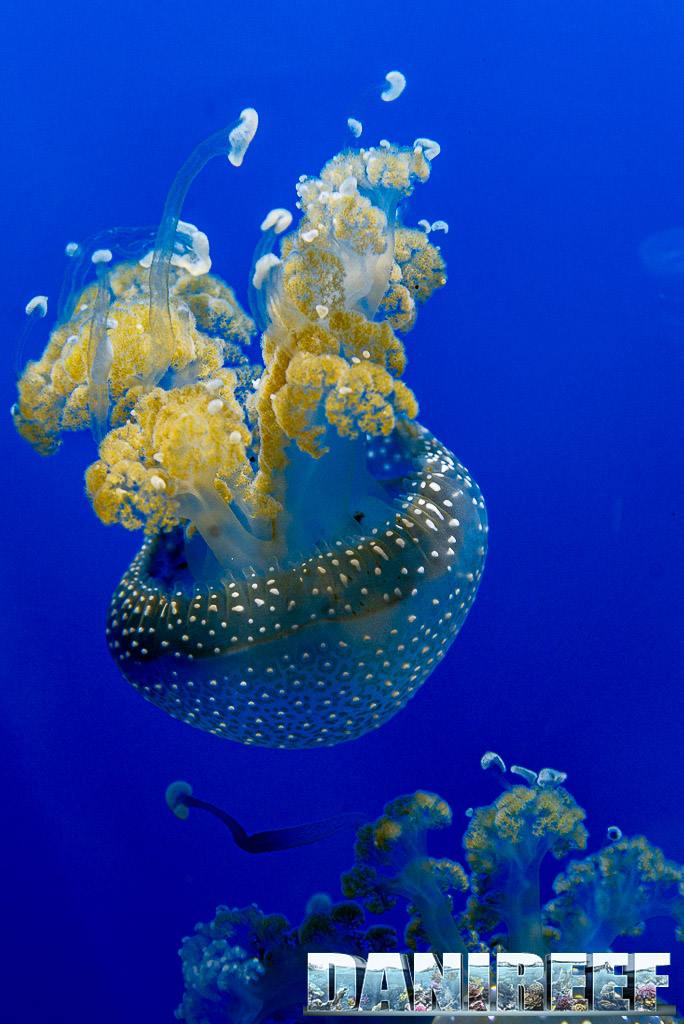
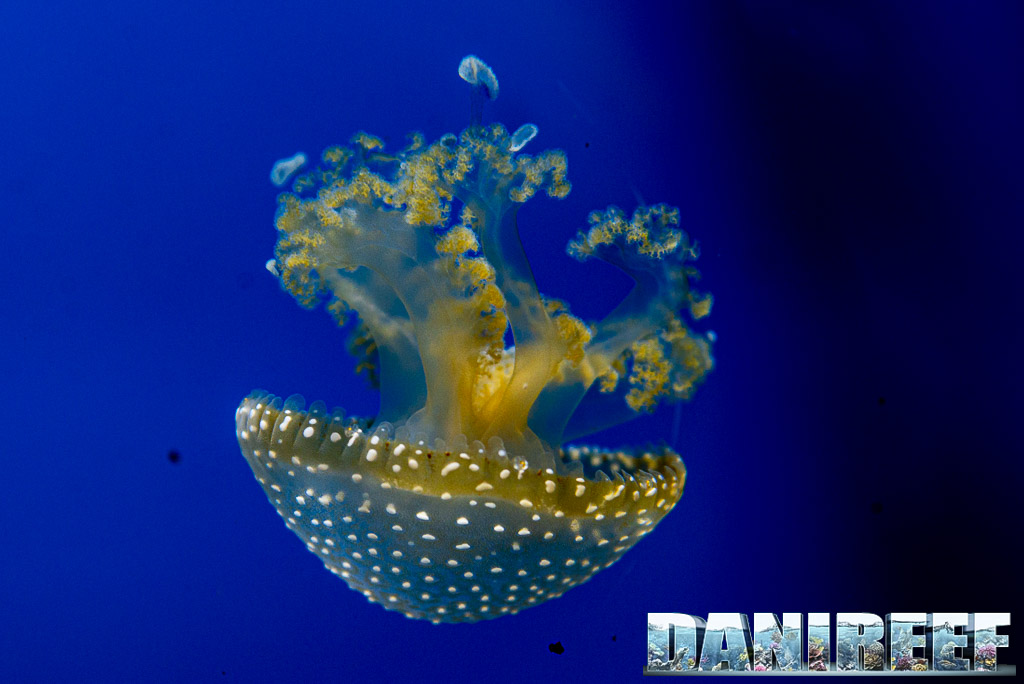
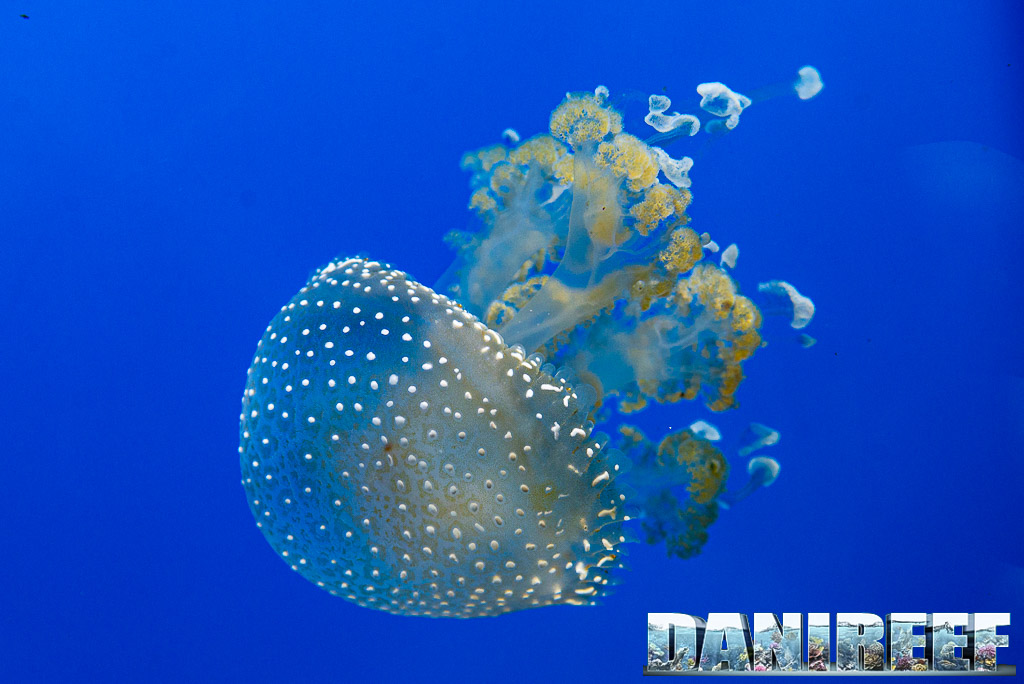
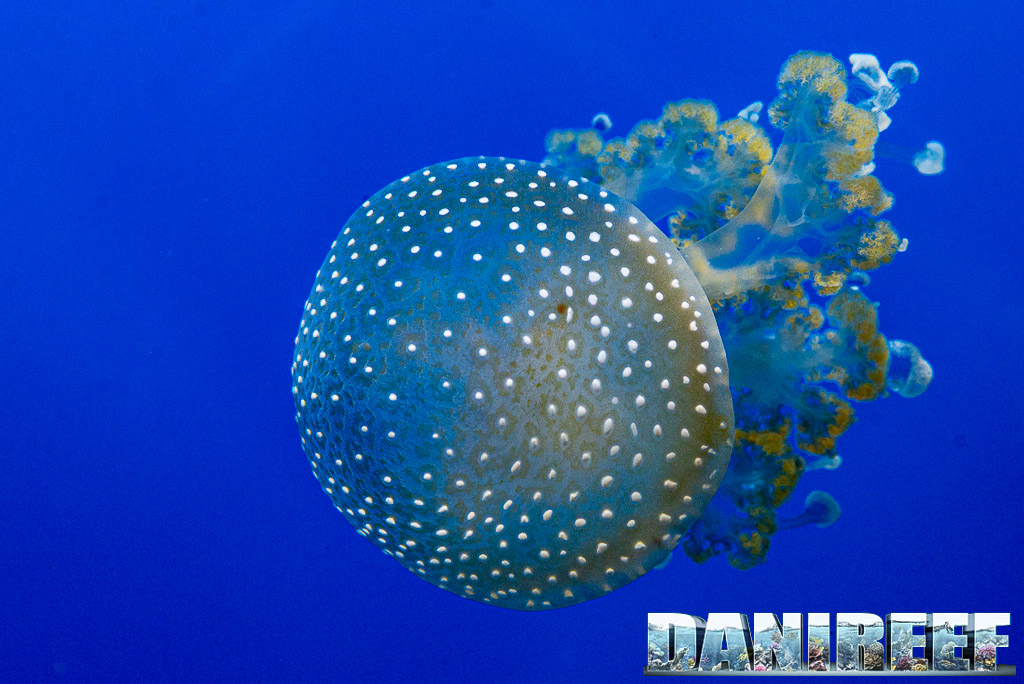
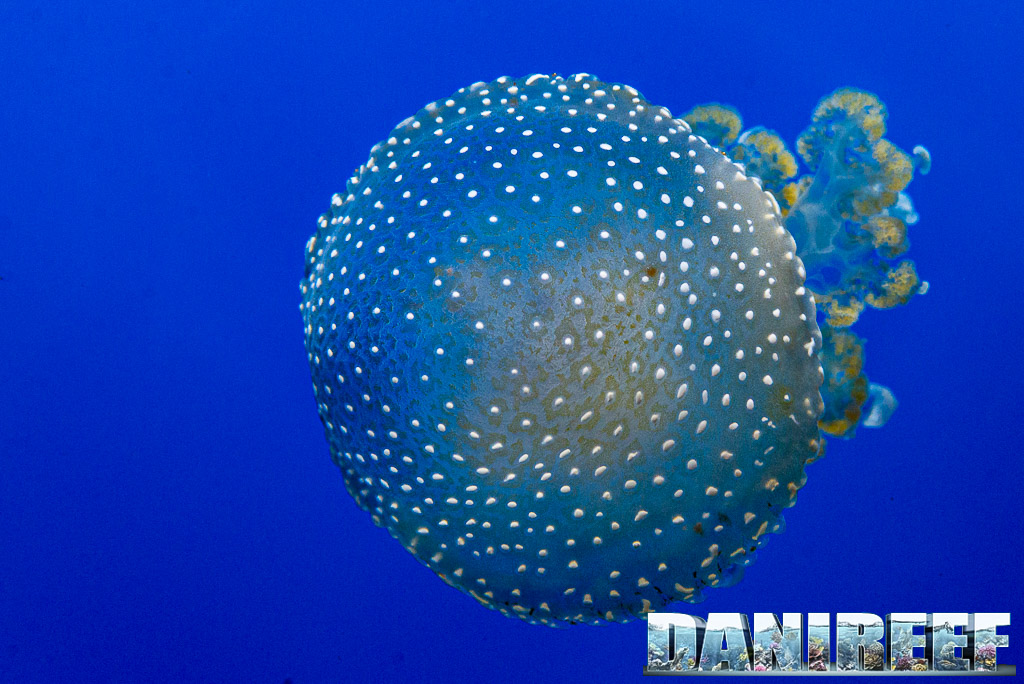
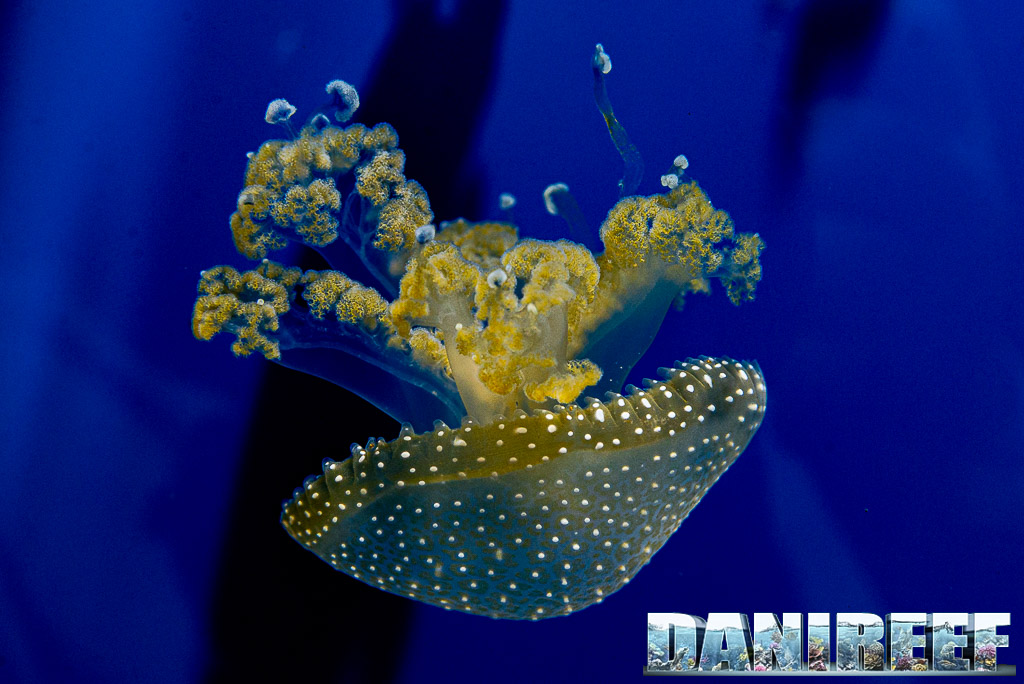
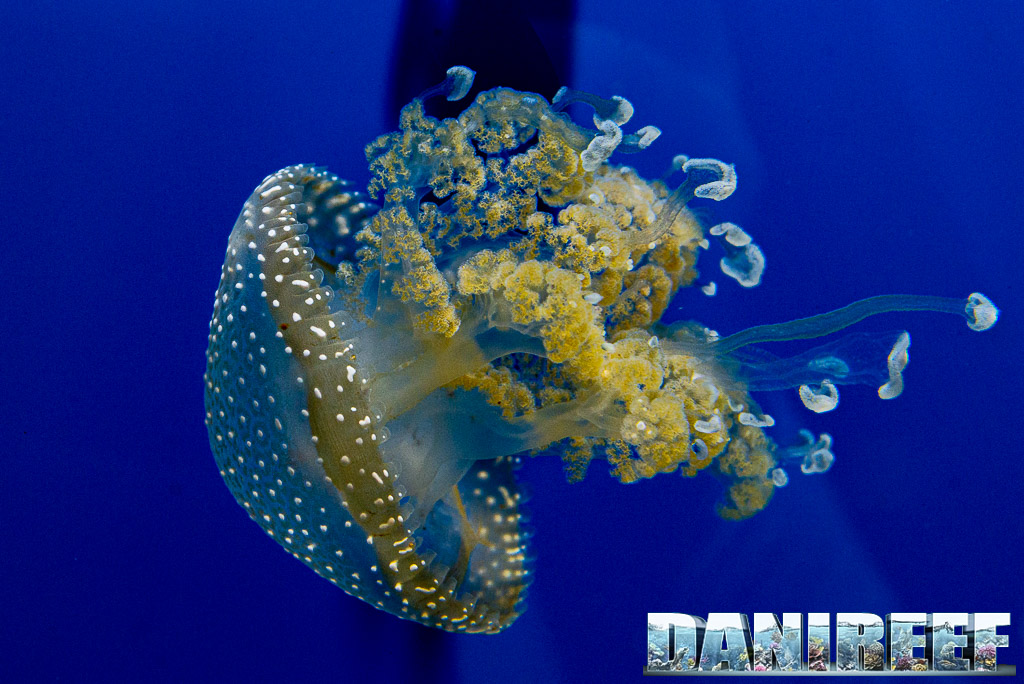
Really beautiful animals. That we really enjoyed.
In conclusion
We just need to thank Massimo Morpurgo and the South Tyrol Museum of Natural Sciences of Bolzano for hosting us to see this marvel that we recommend you go and visit should you be in the vicinity of Bolzano. We remind you that the Museum is located at Via dei Bottai No. 1.
What do you guys think? Let us know in the comments below or on our Facebook page or our very up-to-date Instagram channel if this 5000-liter aquarium impressed you, or if the jellyfish one did, or if you would have expected such a different coloration of the corals between the front and the top.
We remind you that you can also follow us on Telegram where we post all real-time updates and on Youtube.








